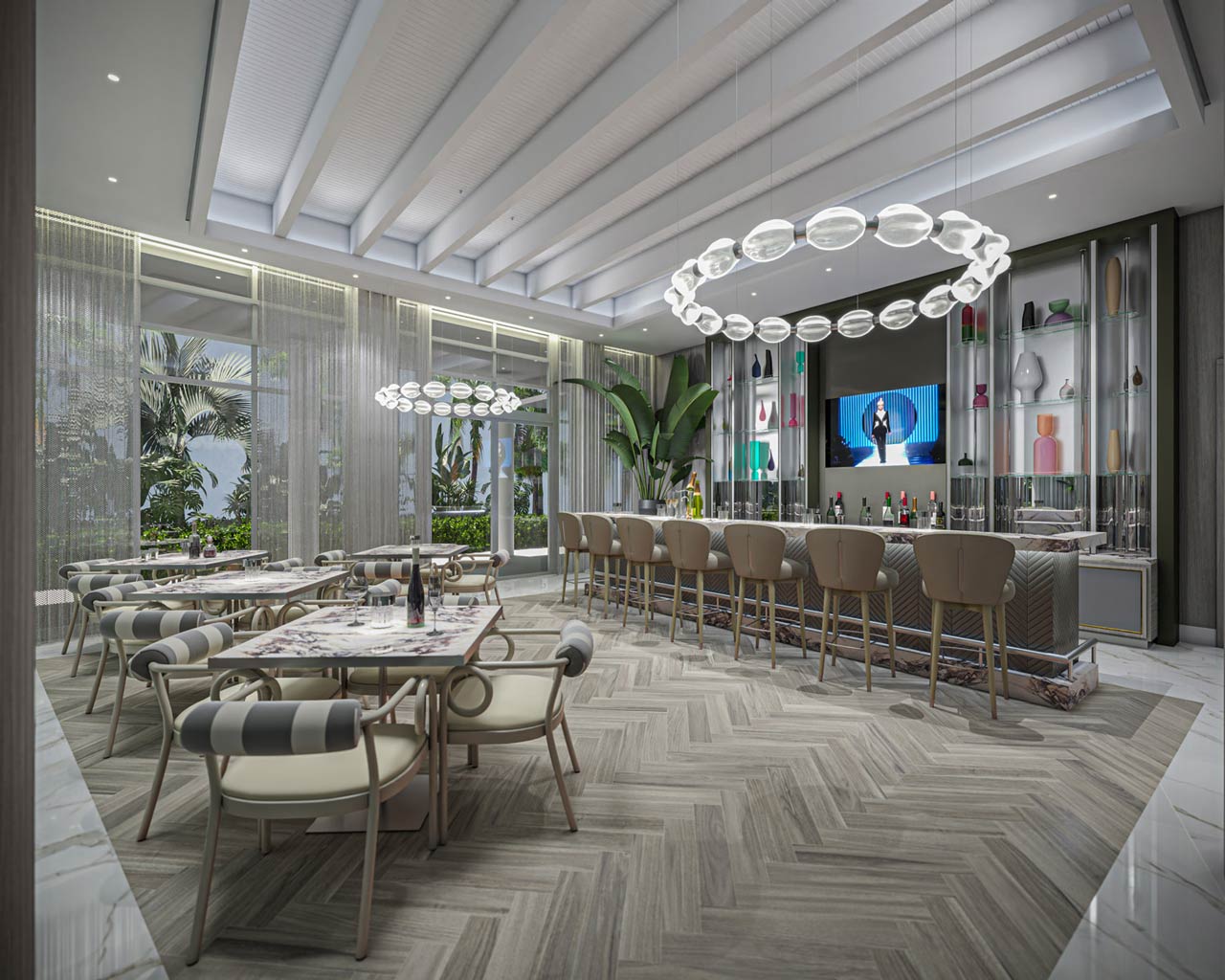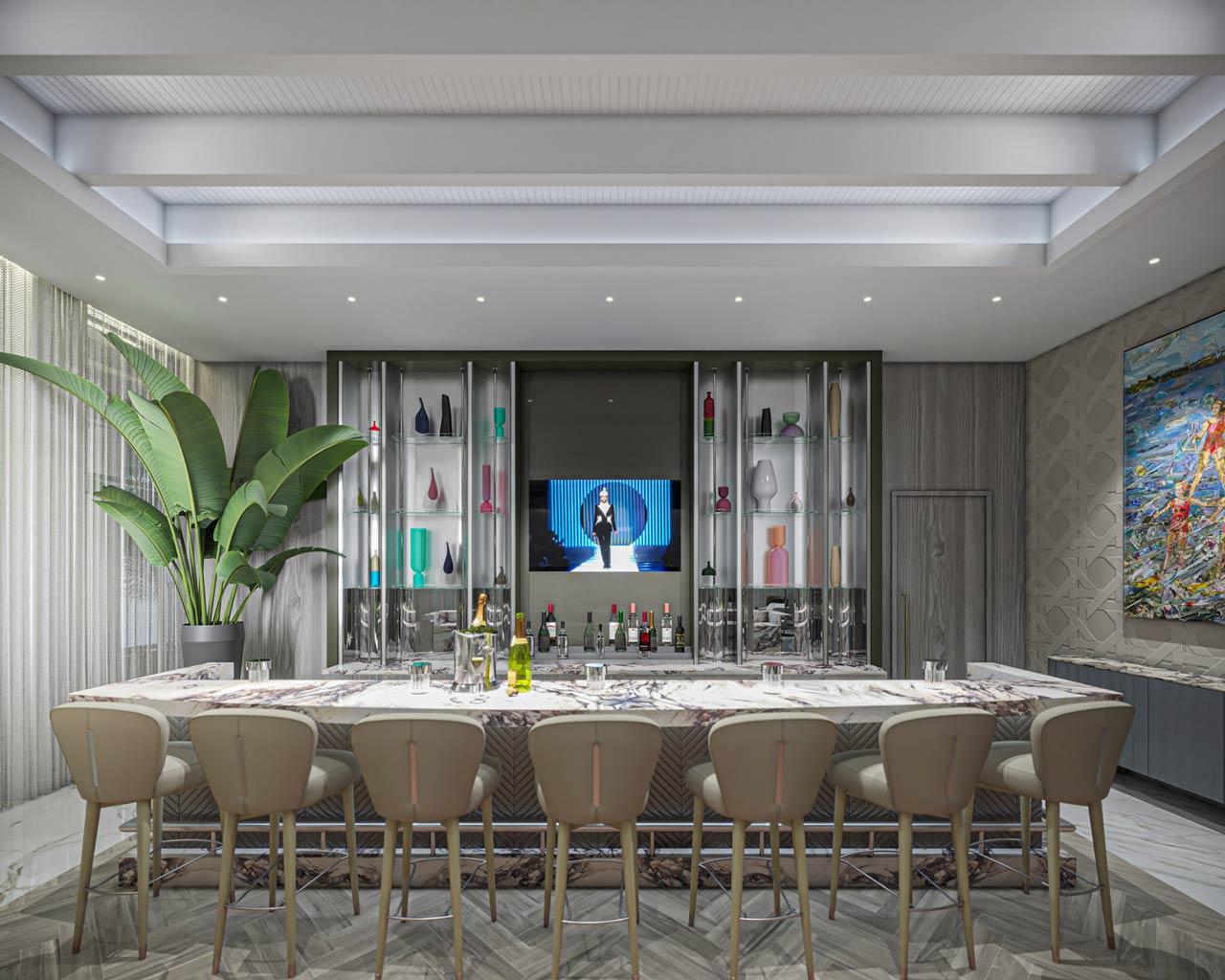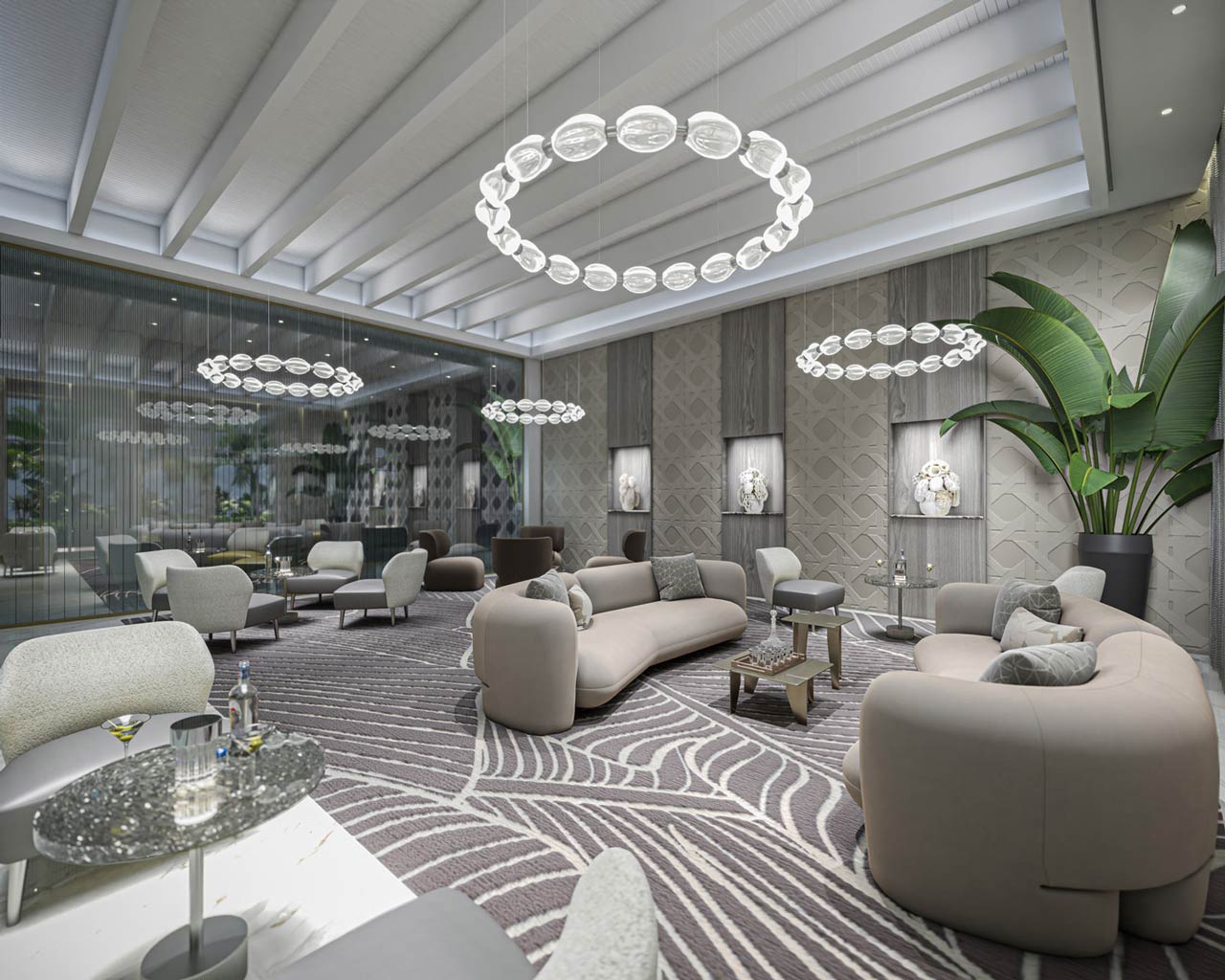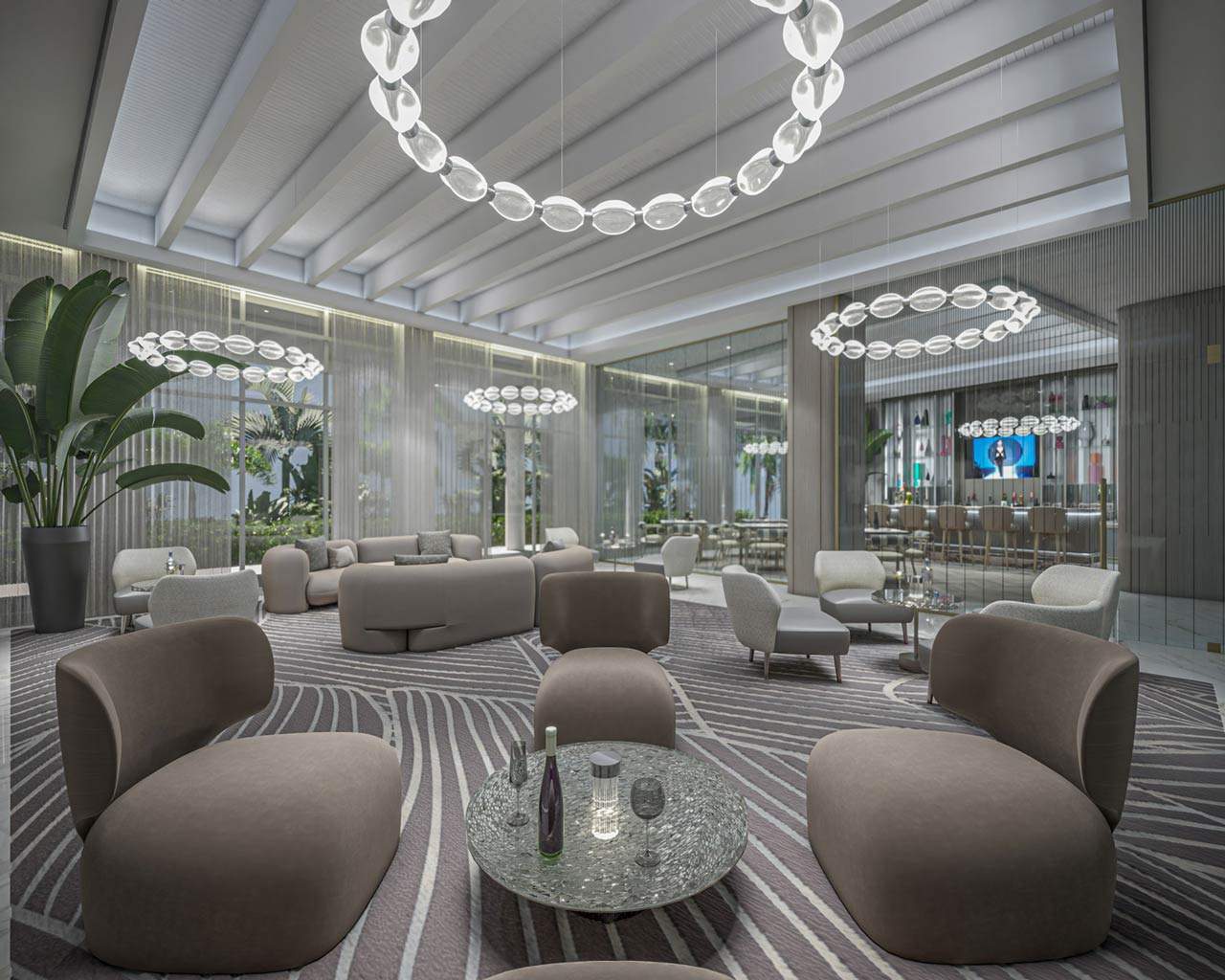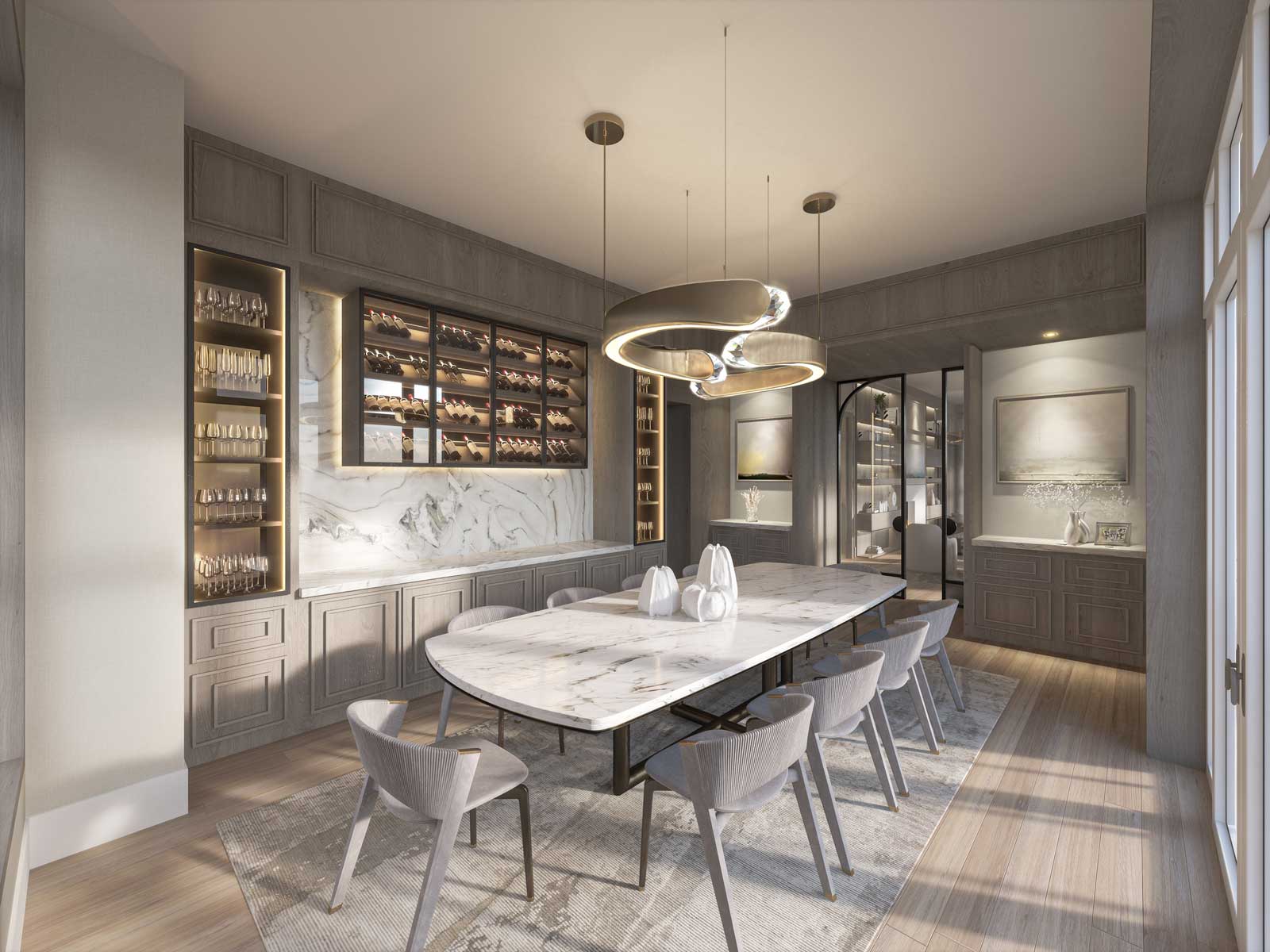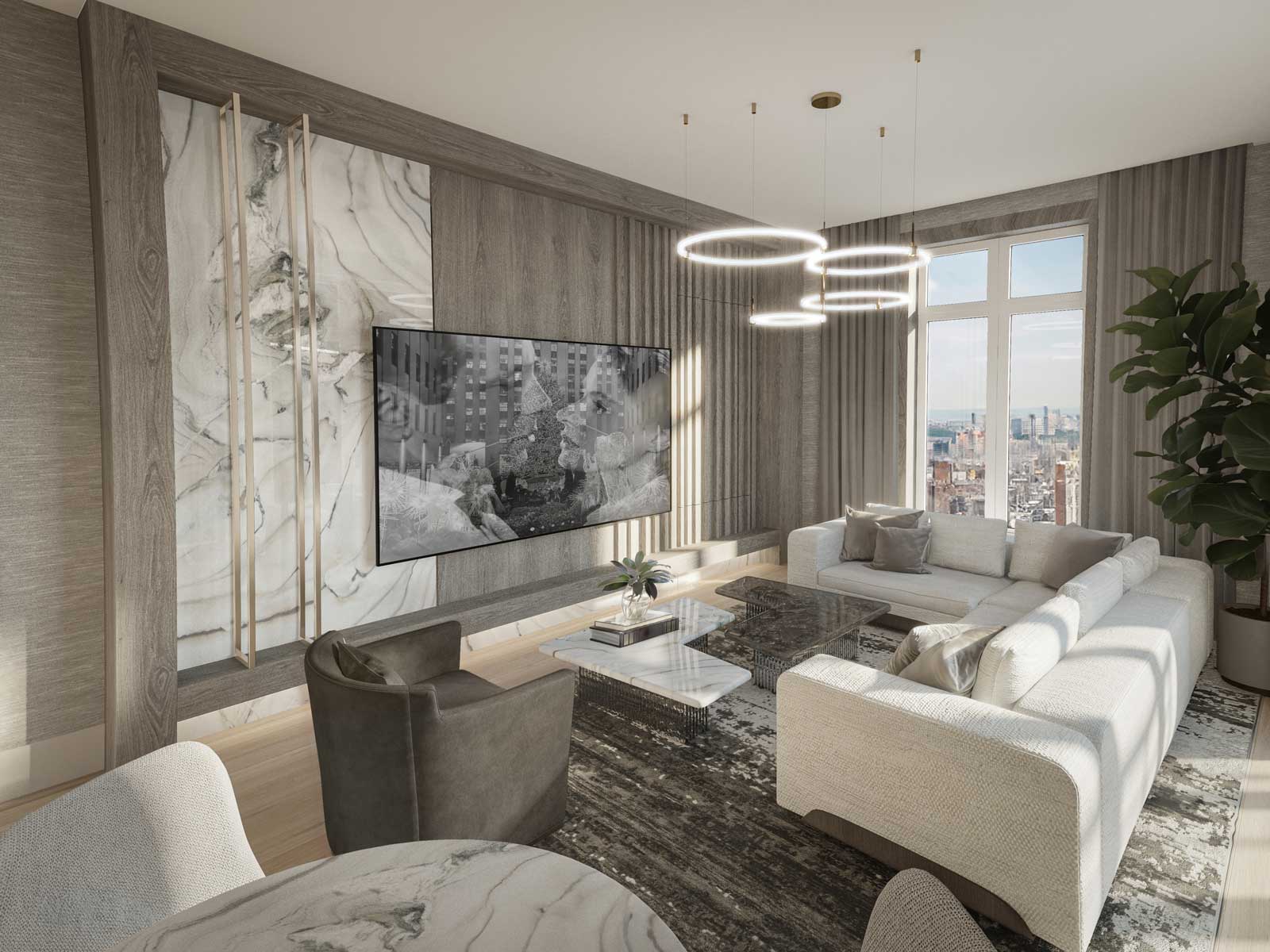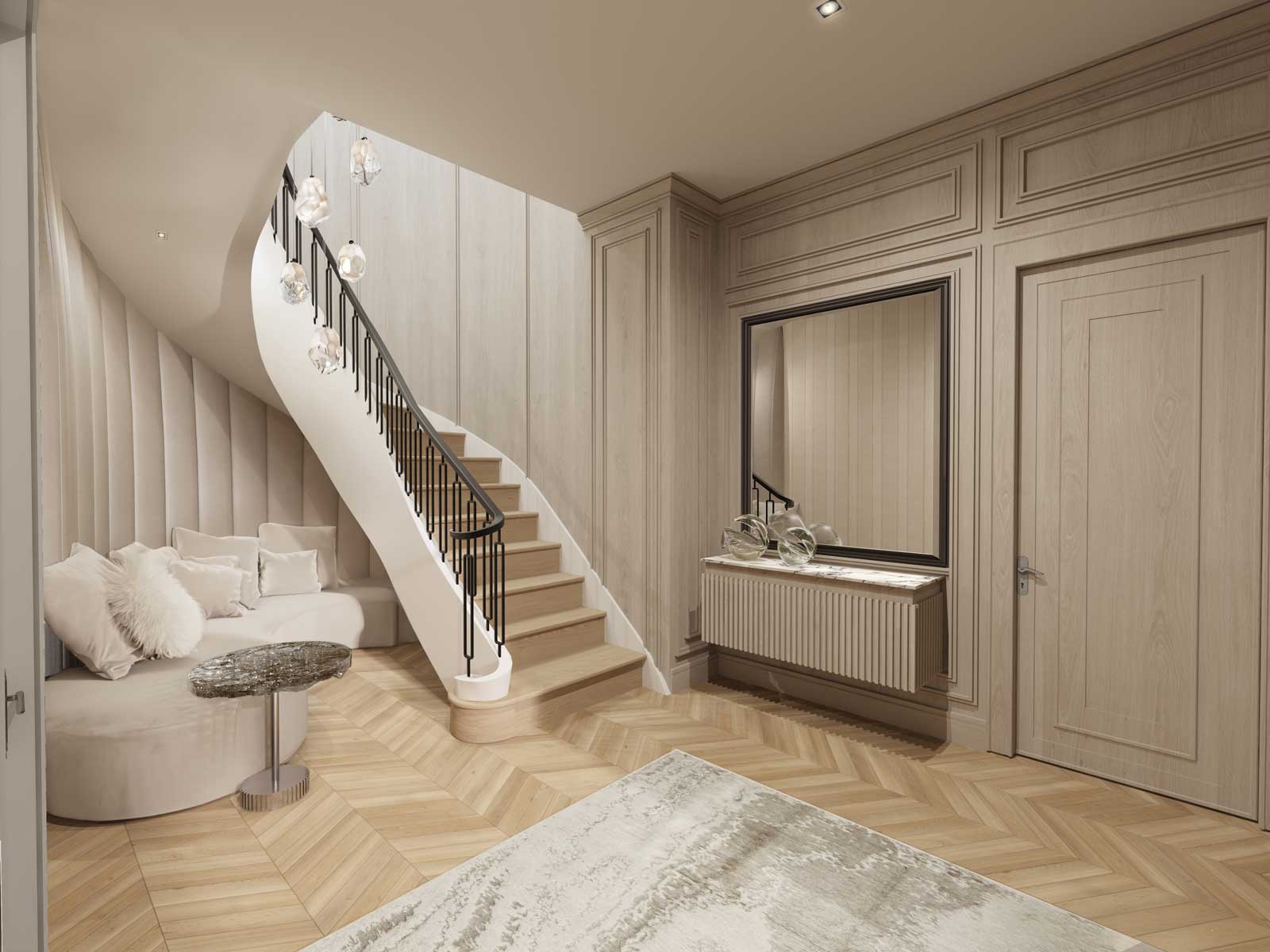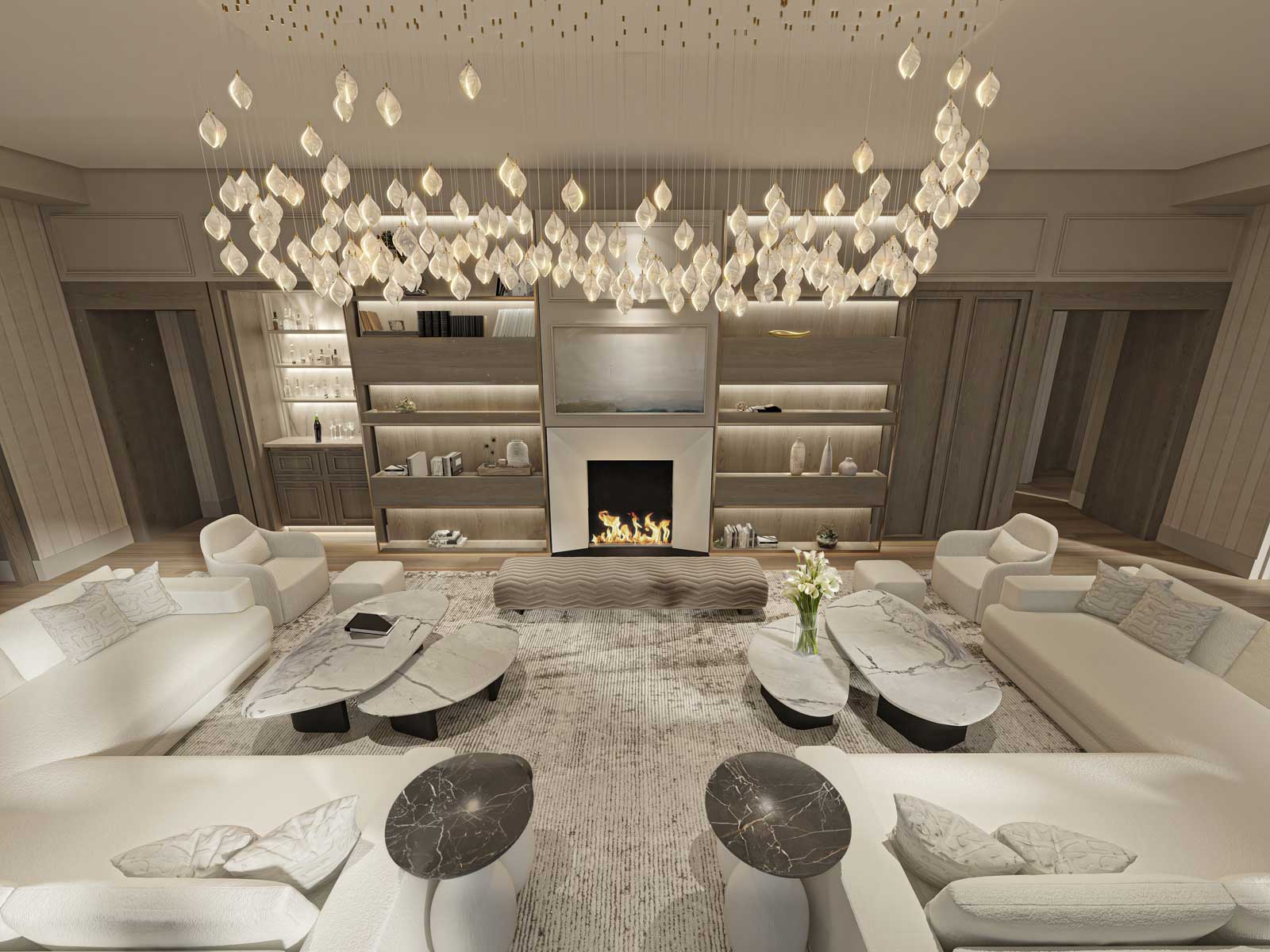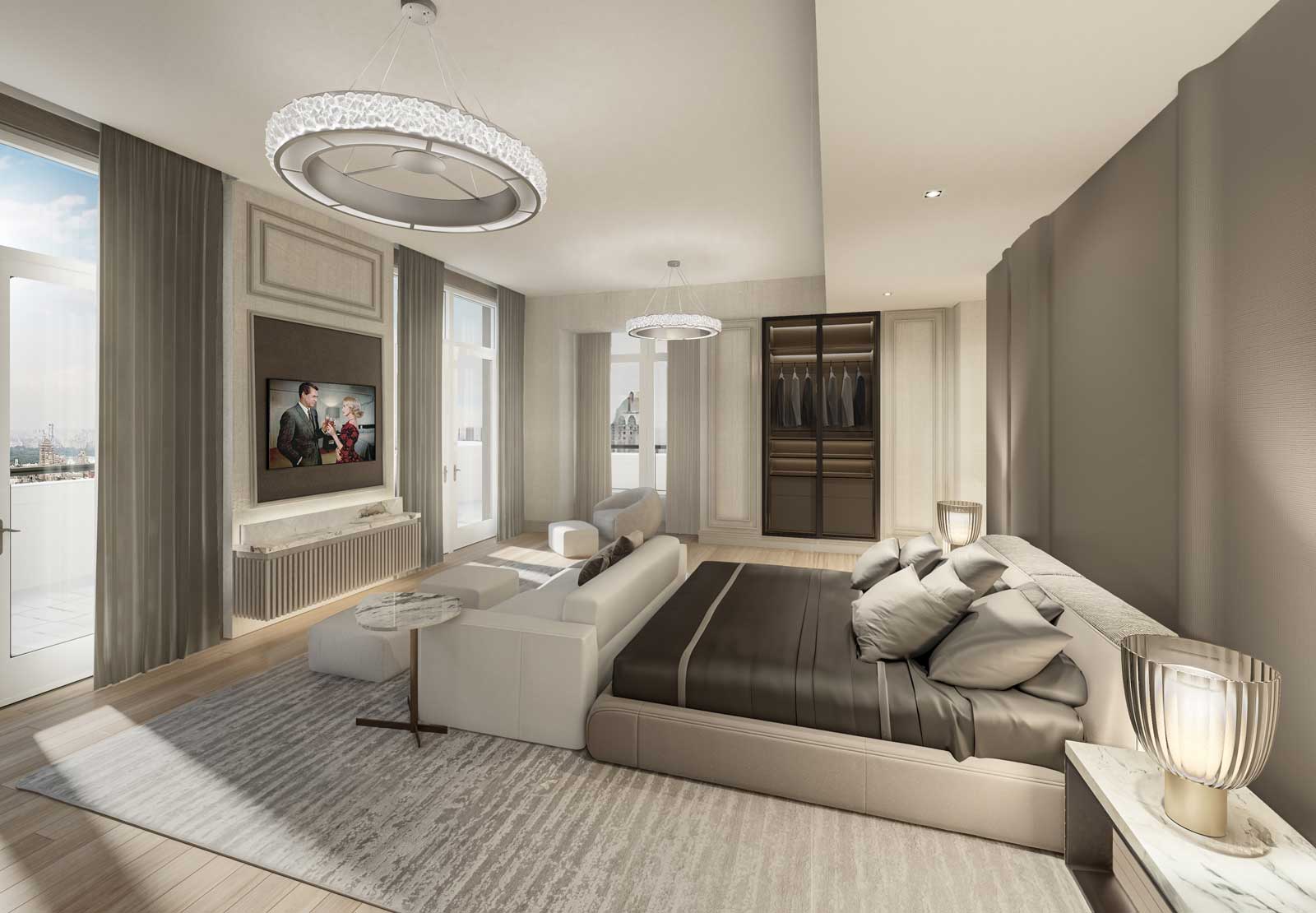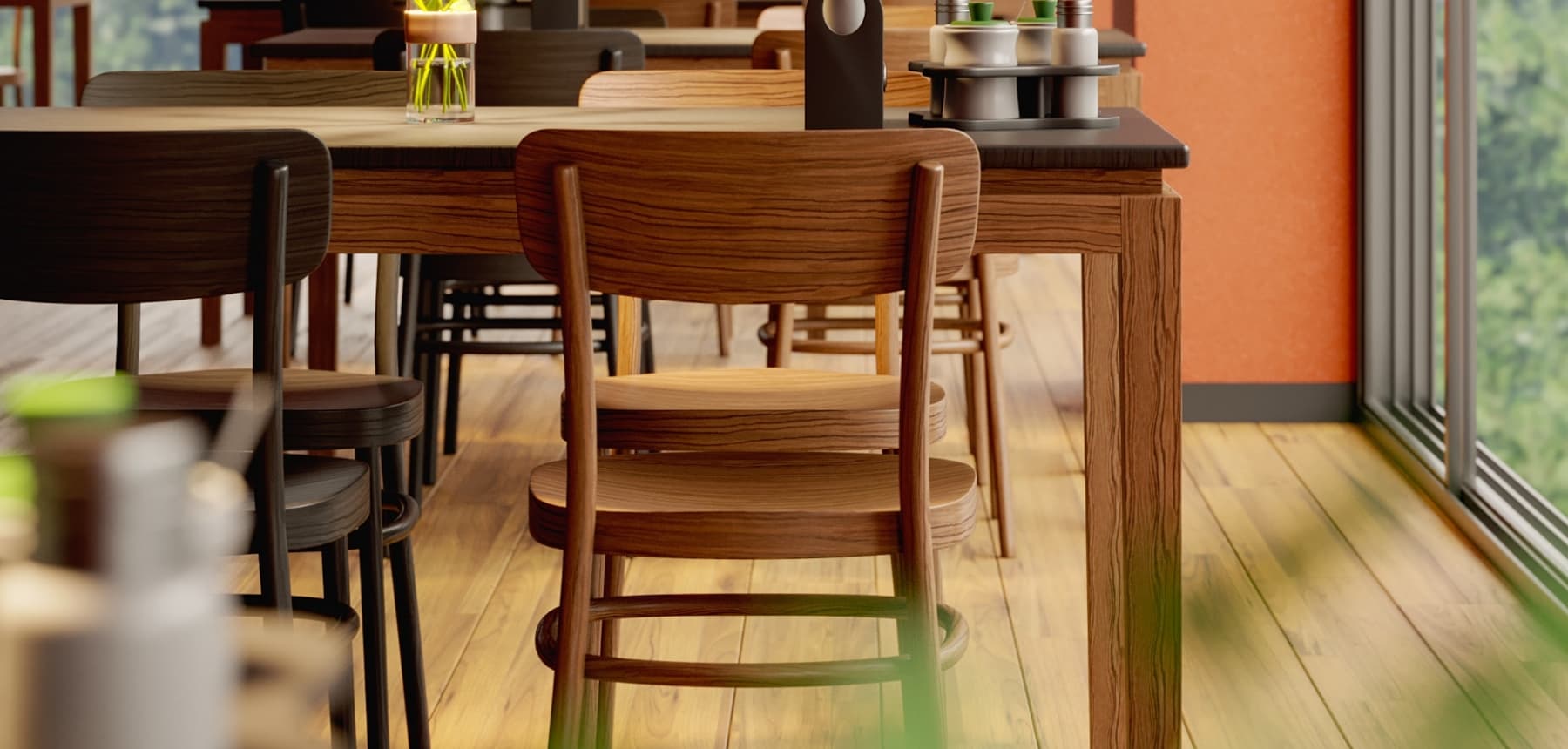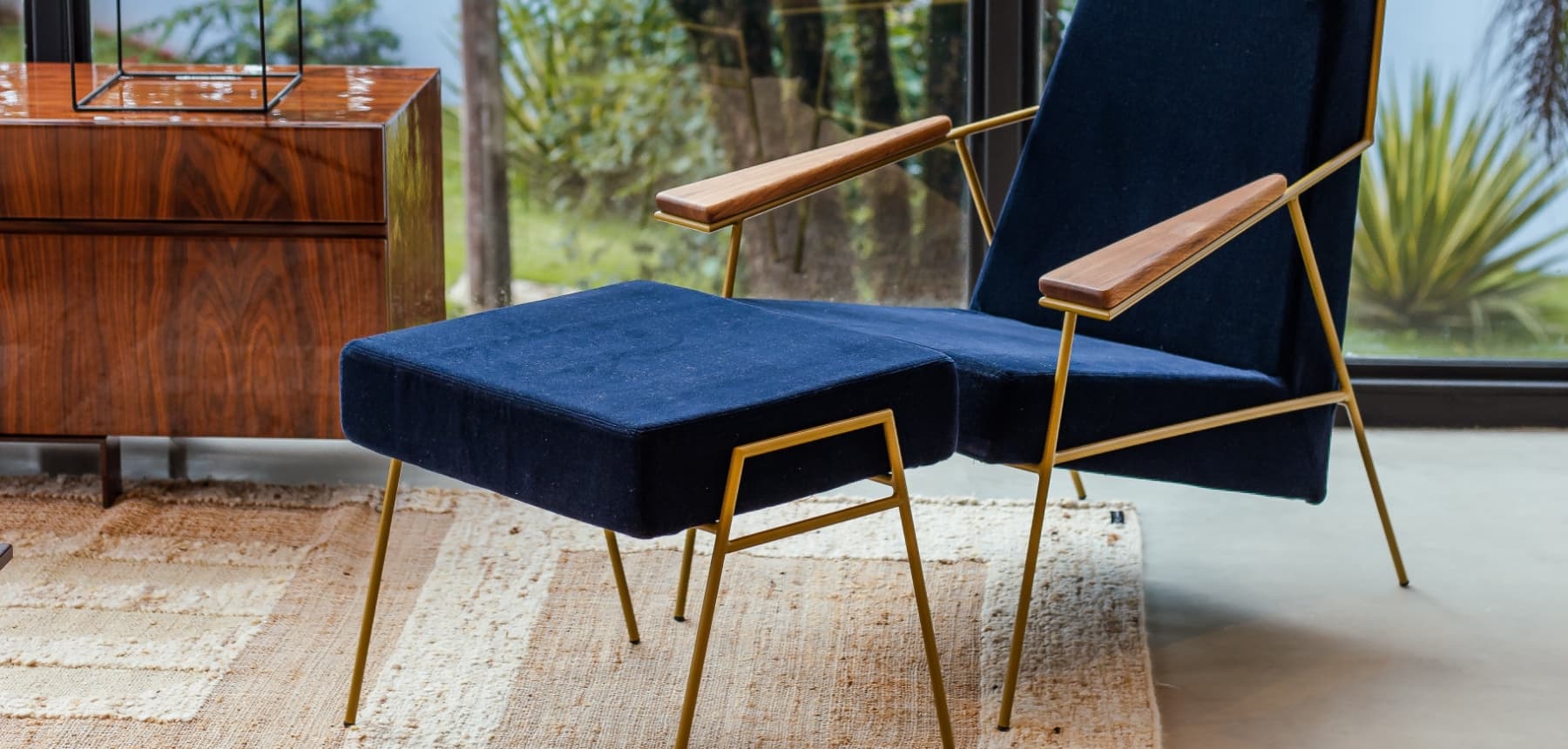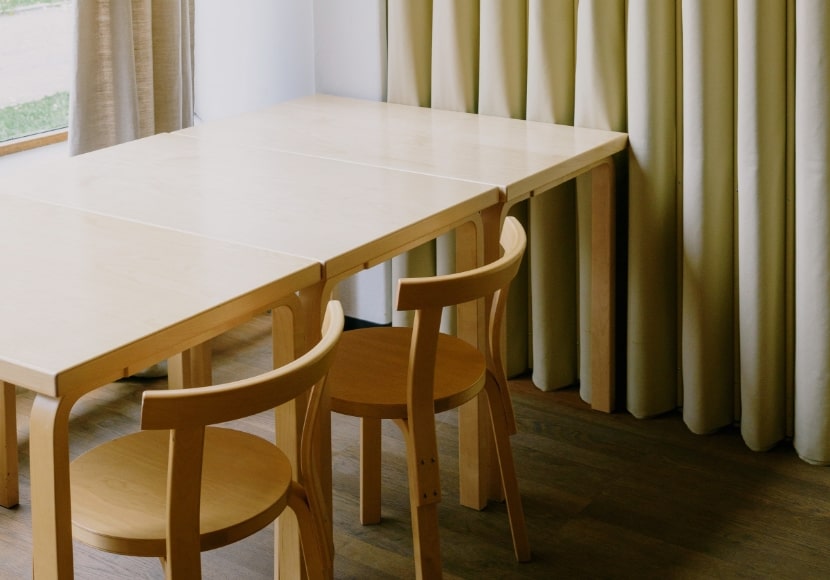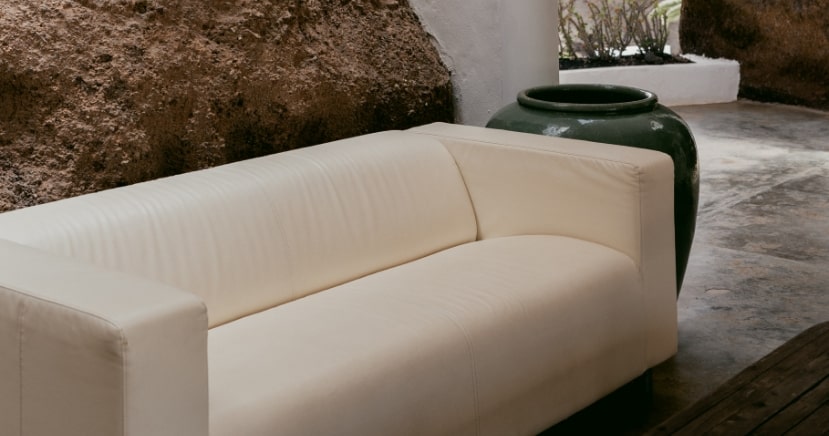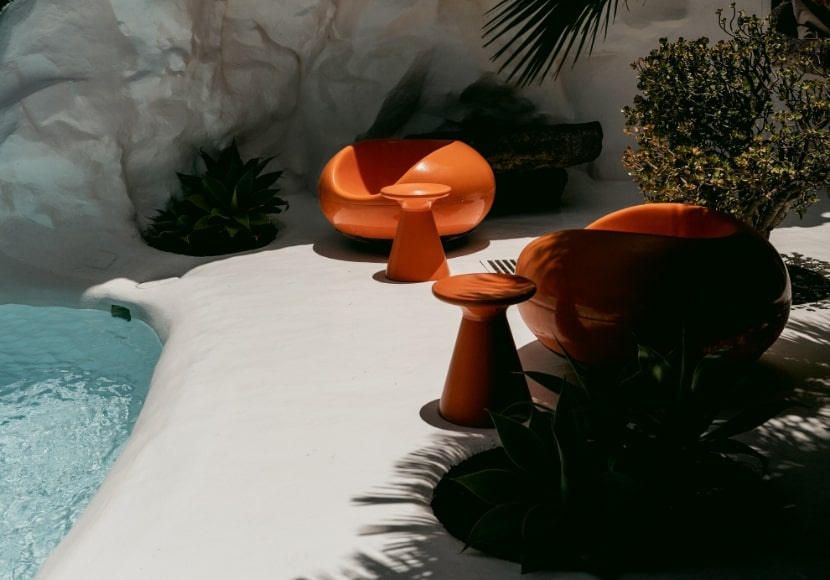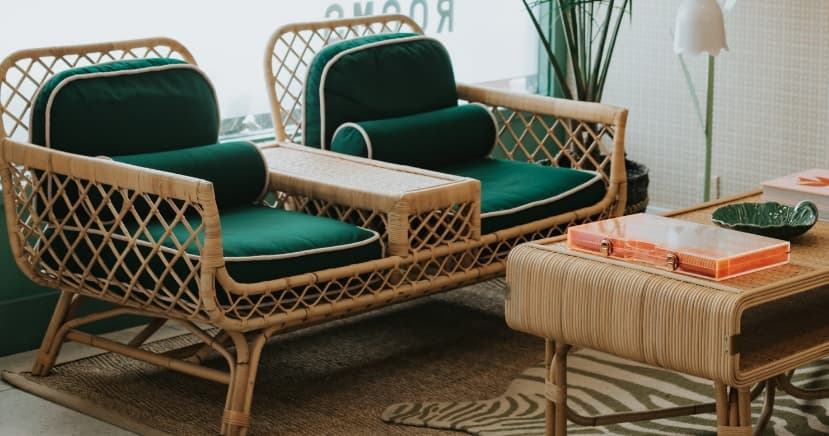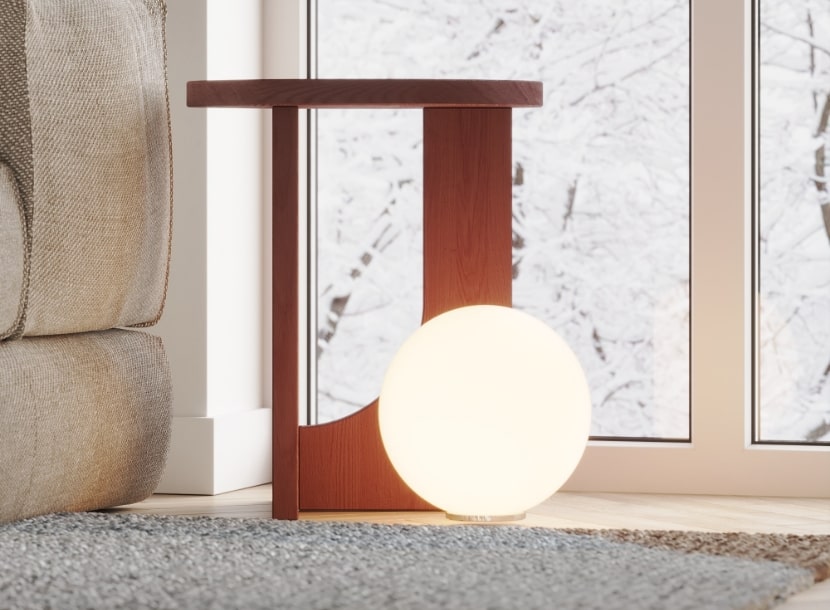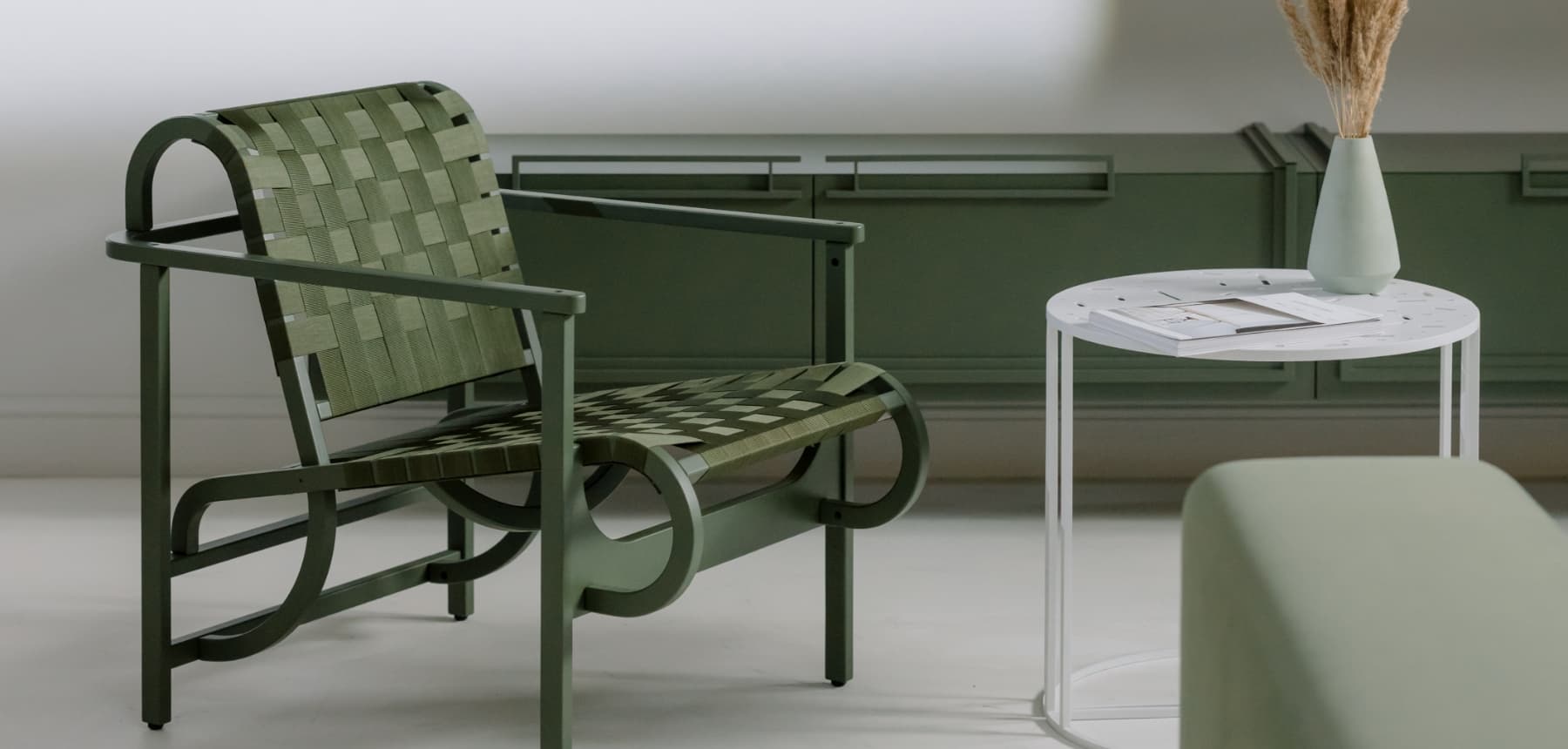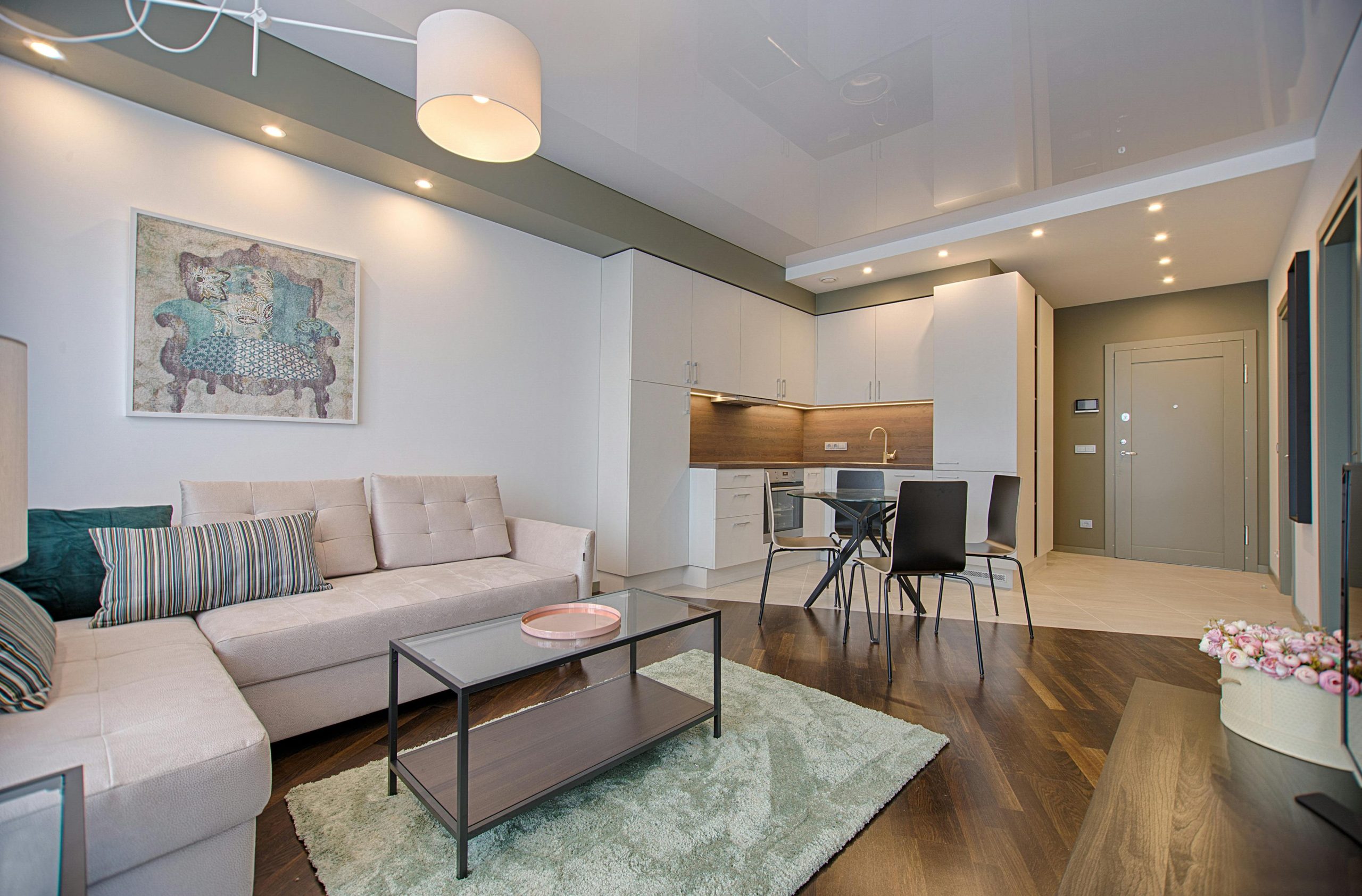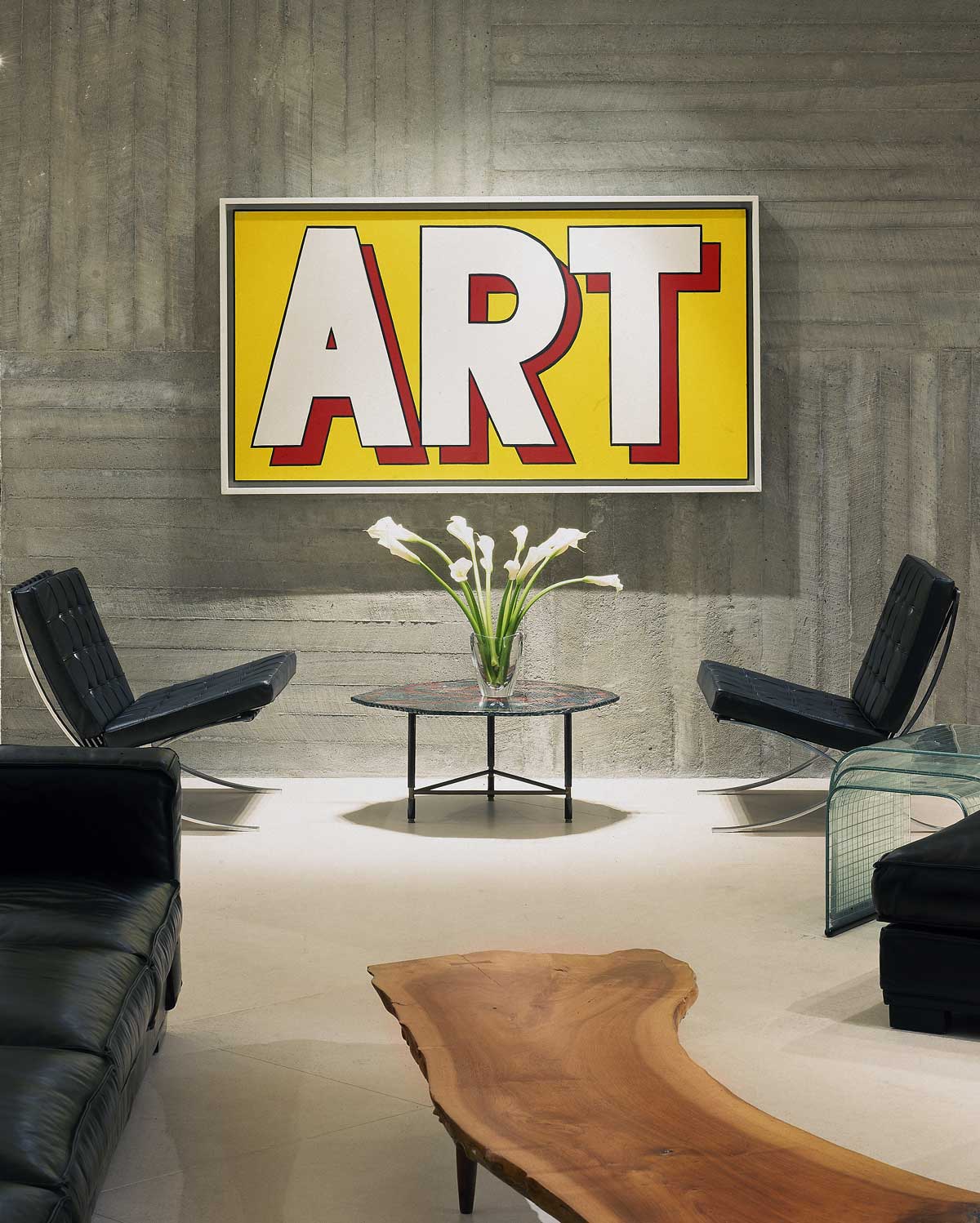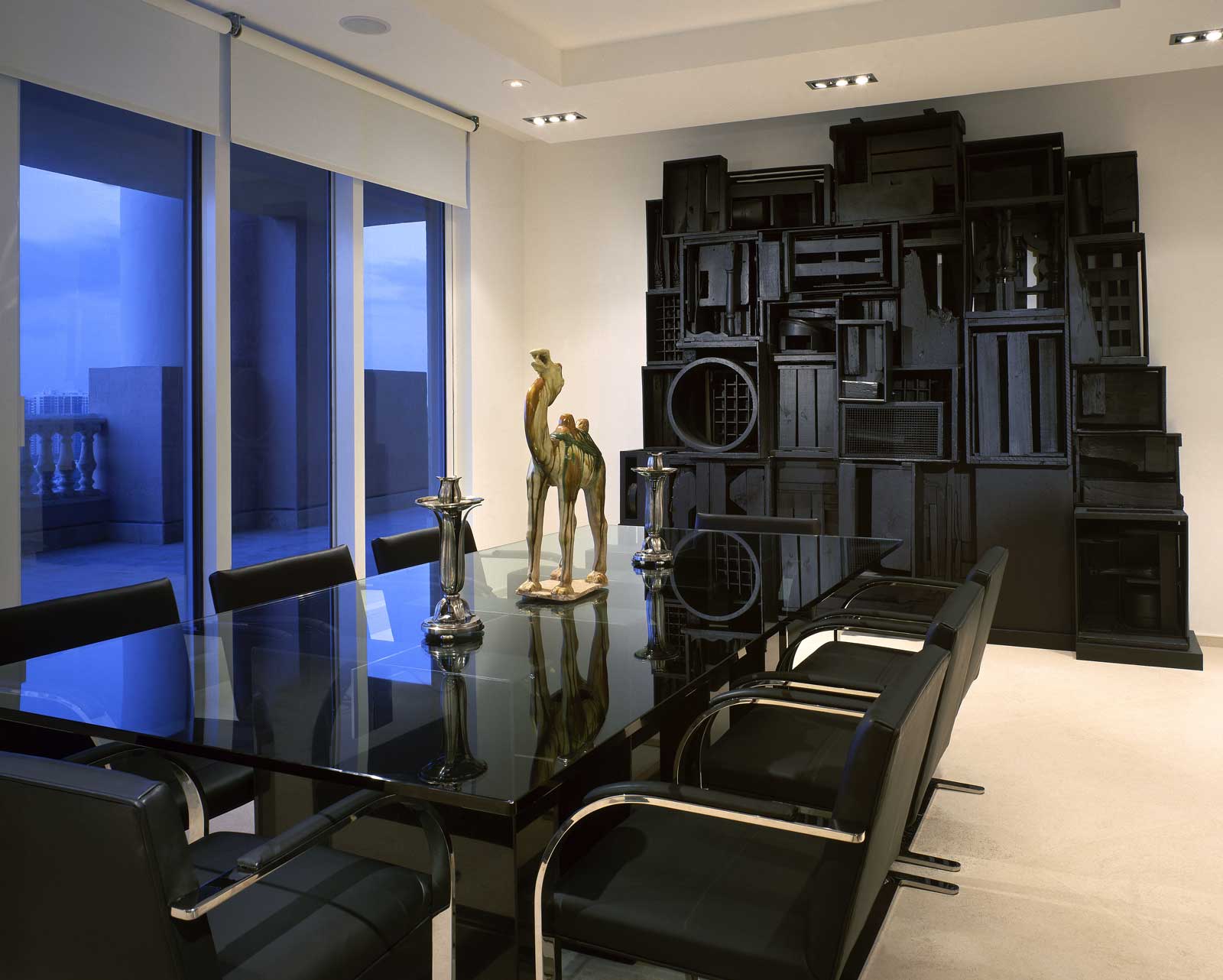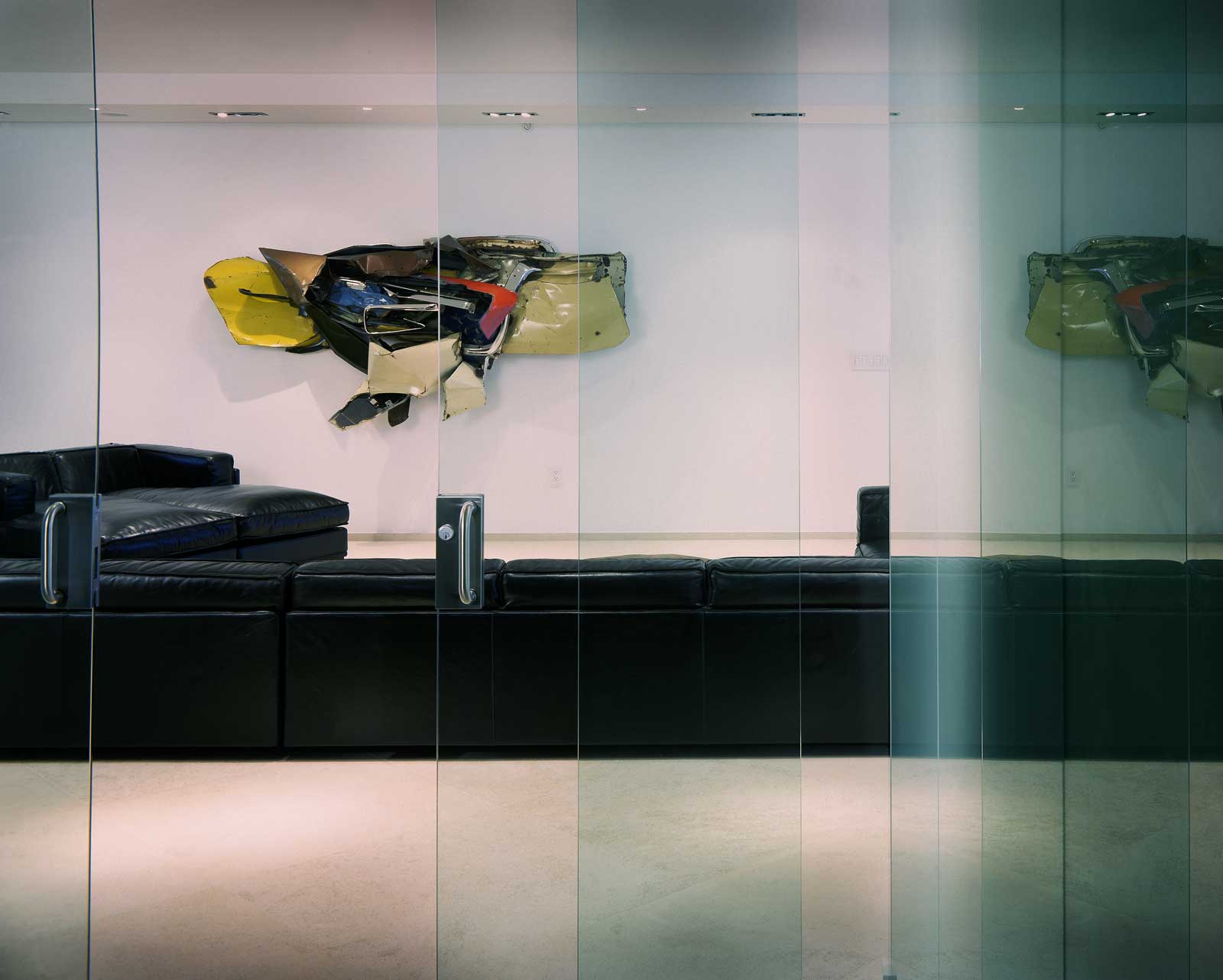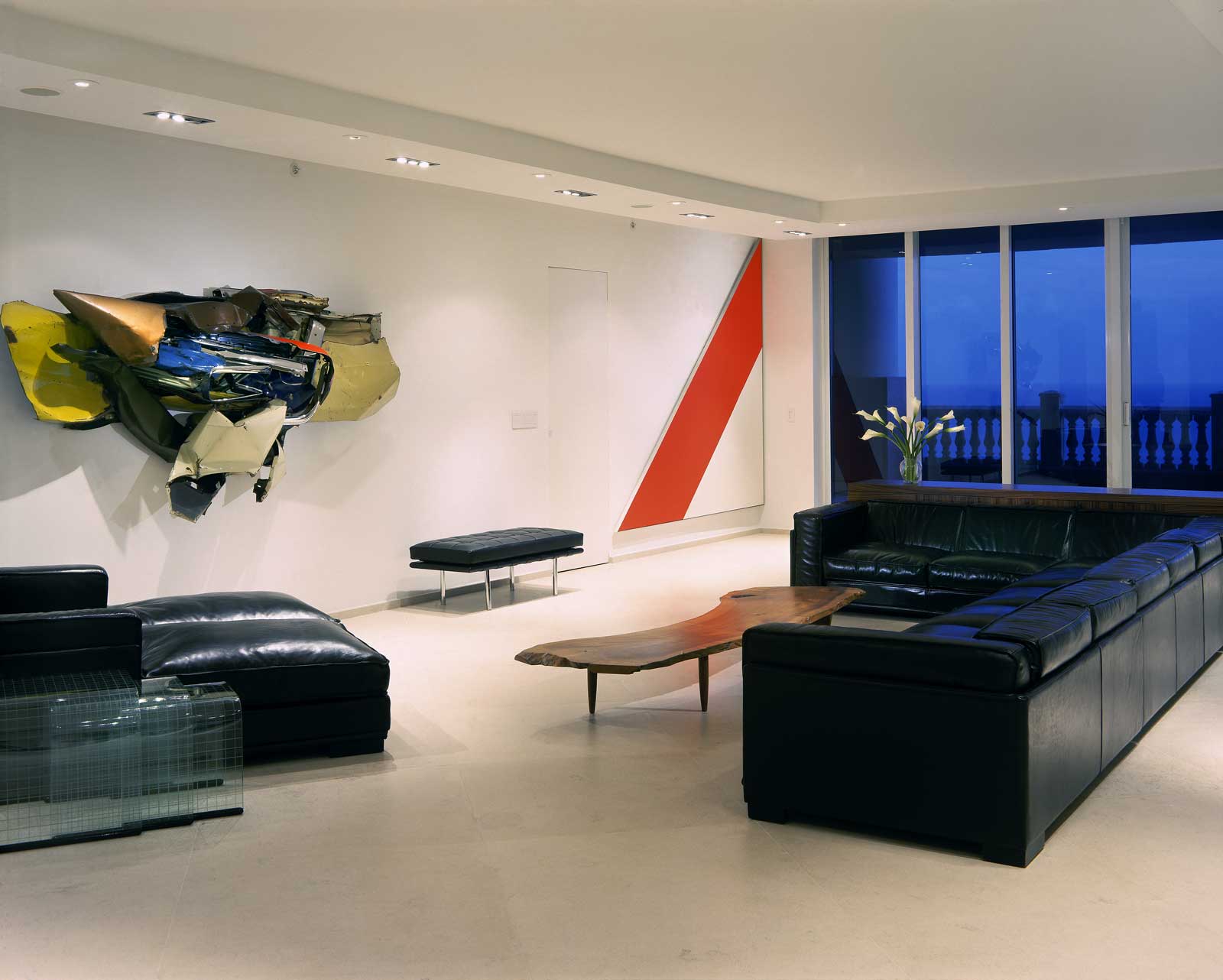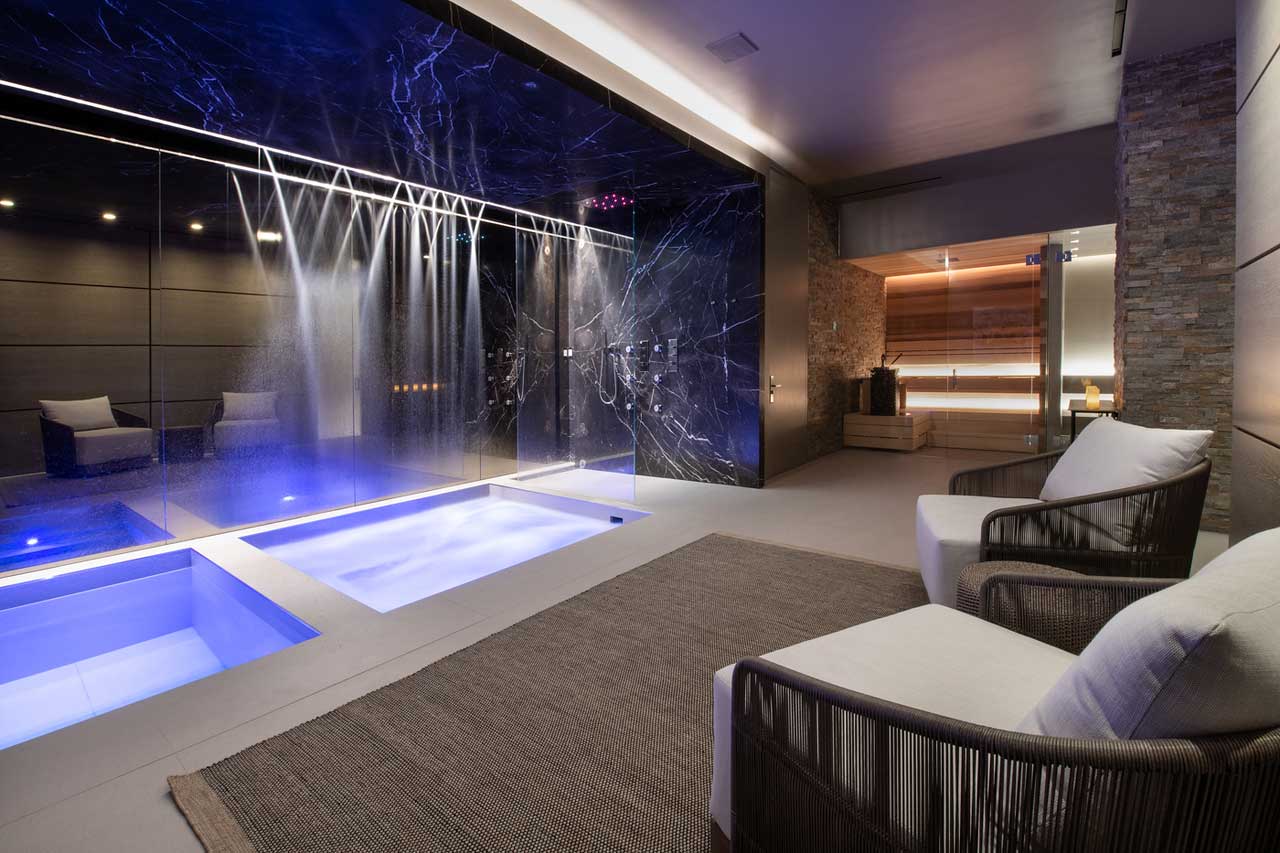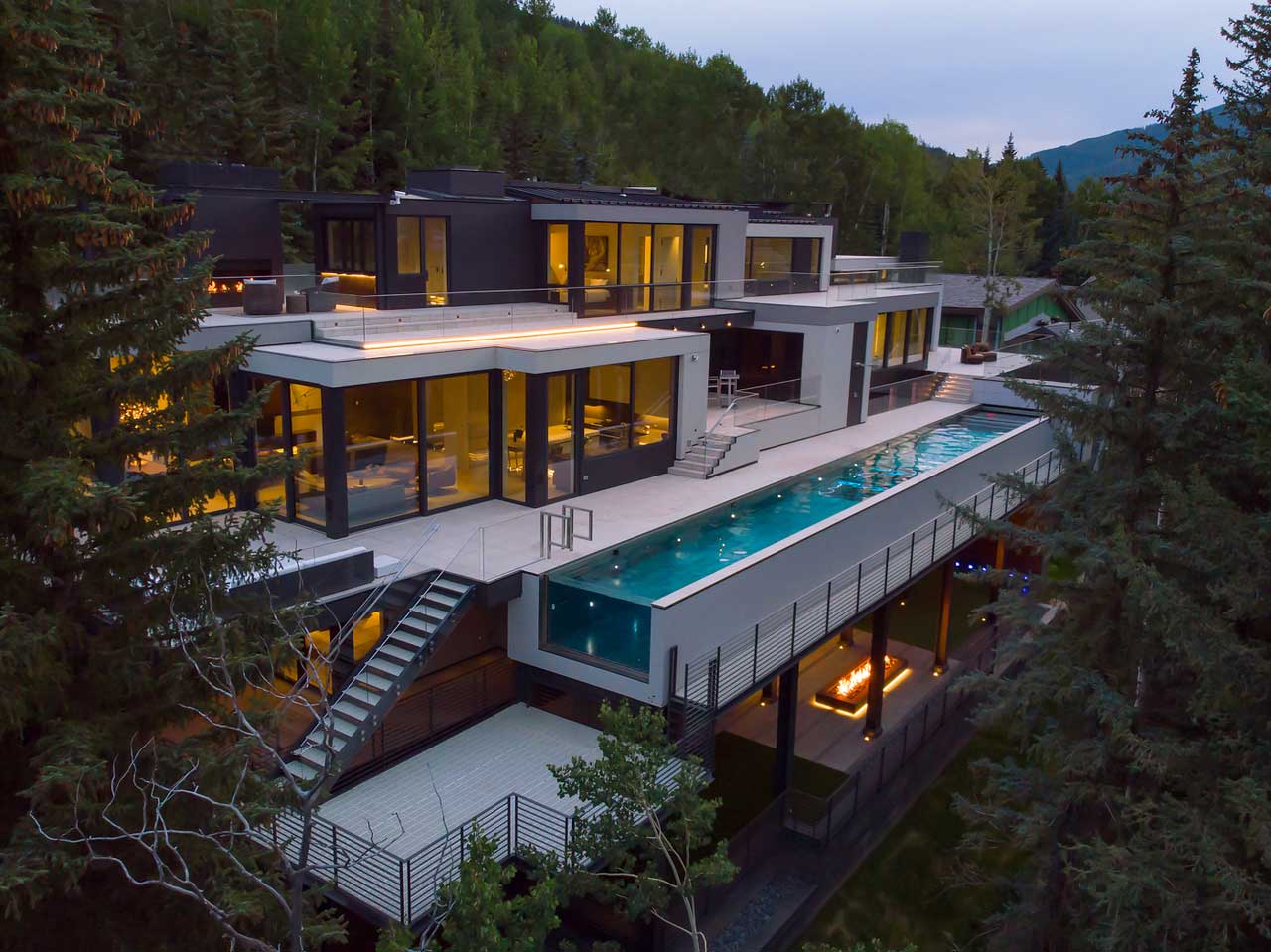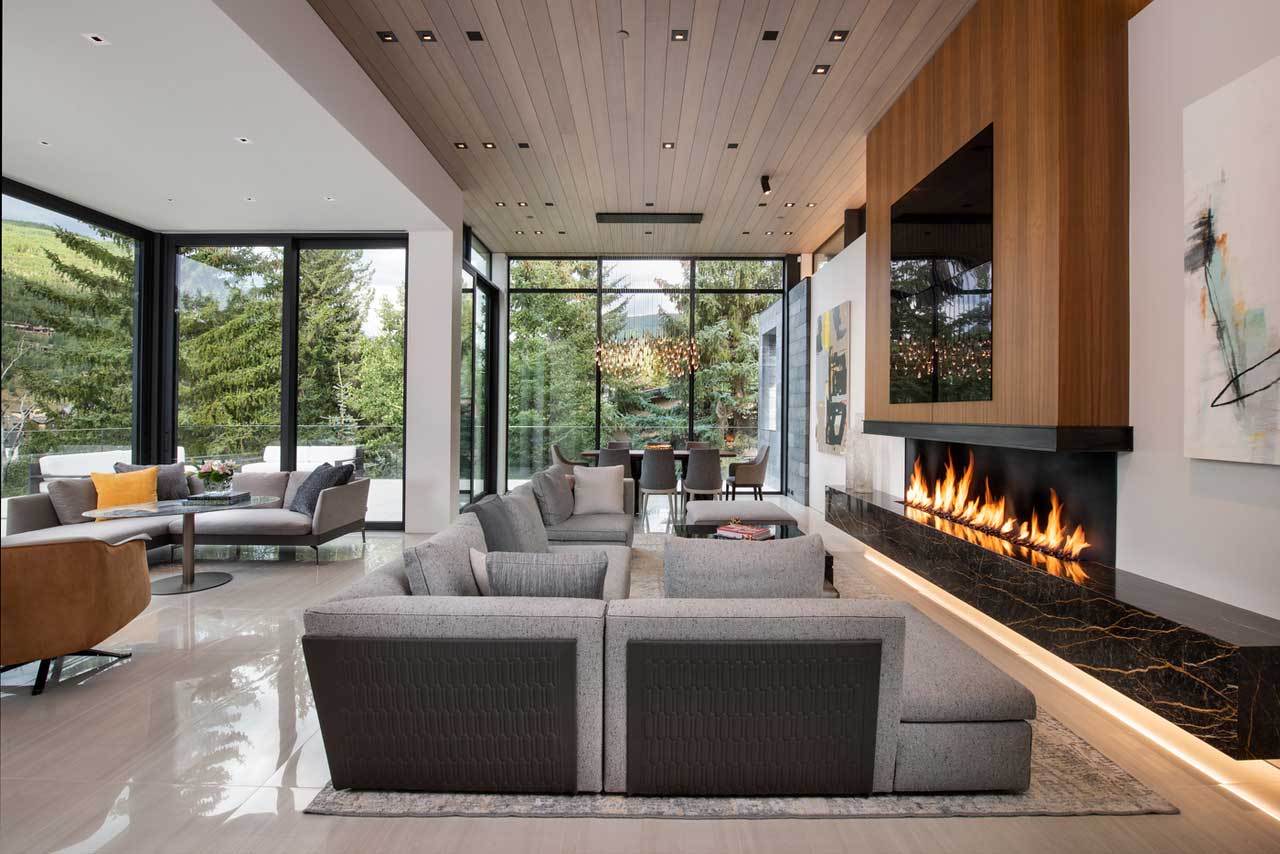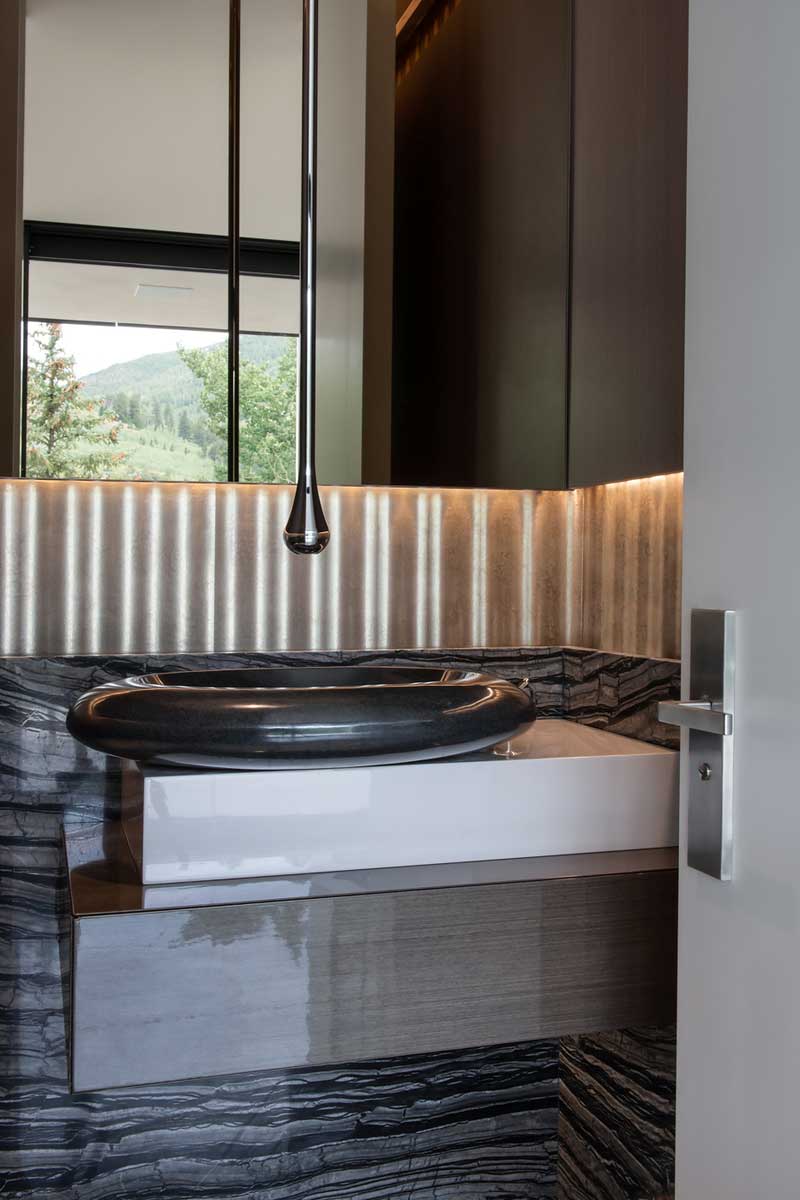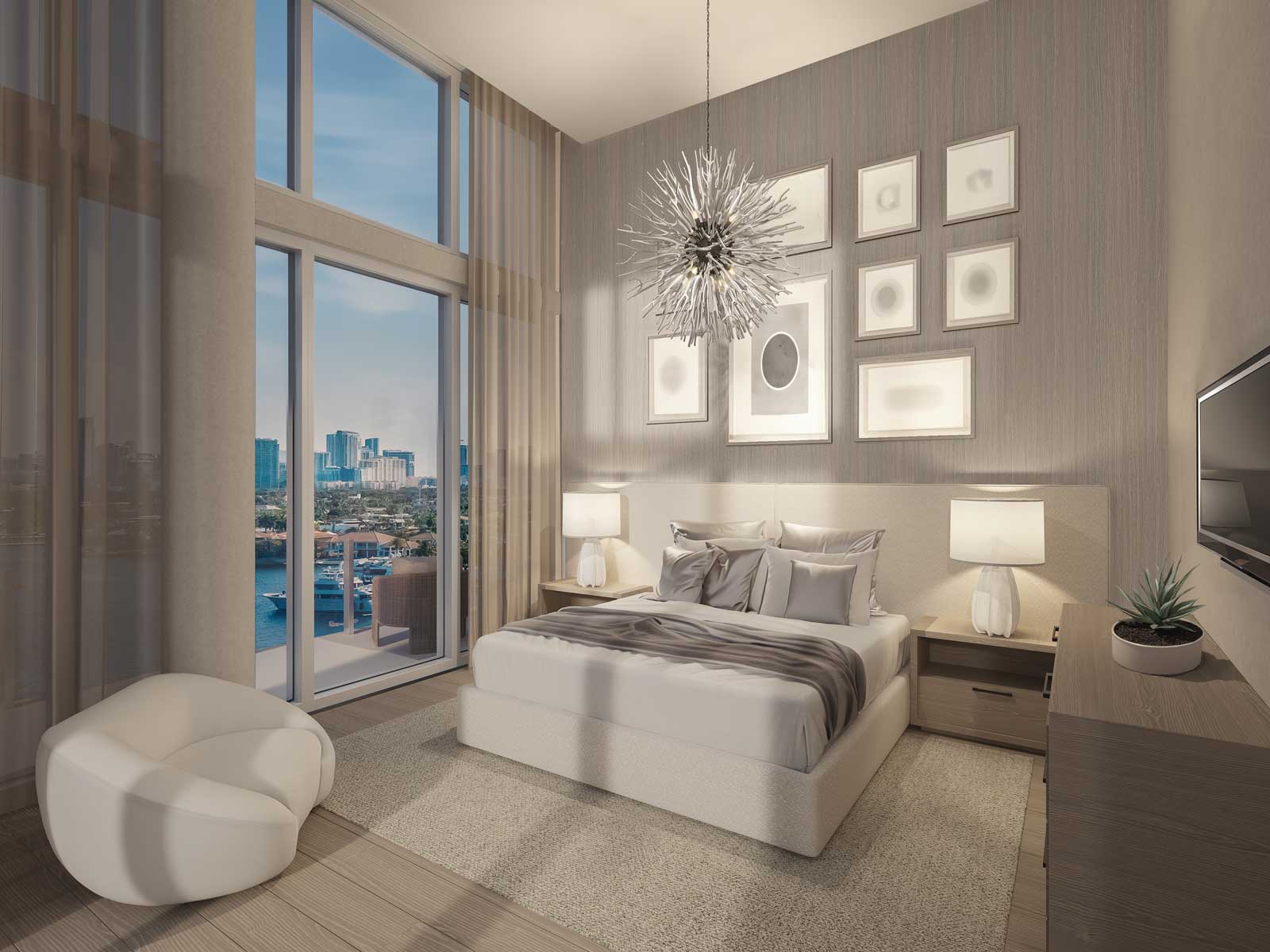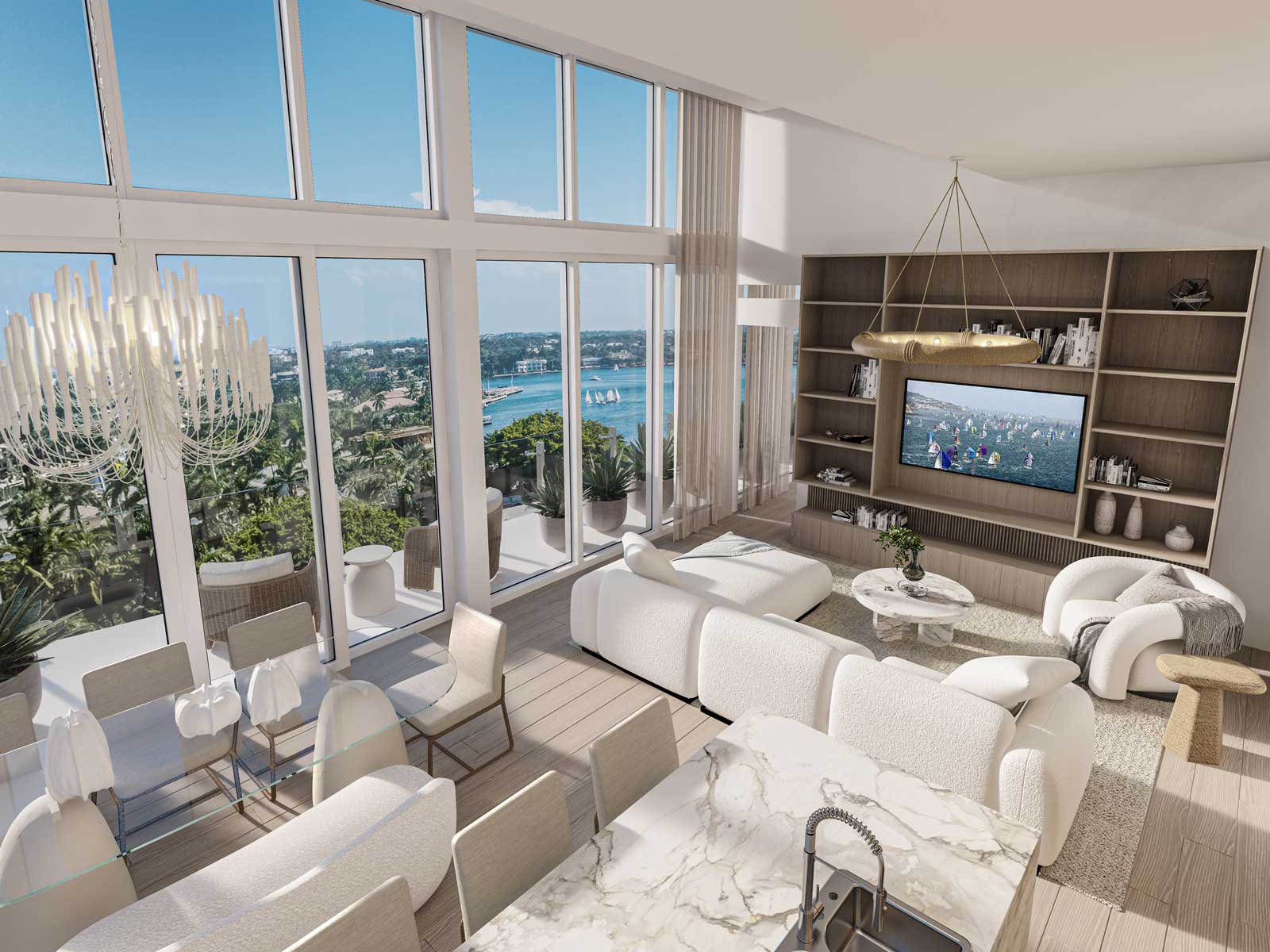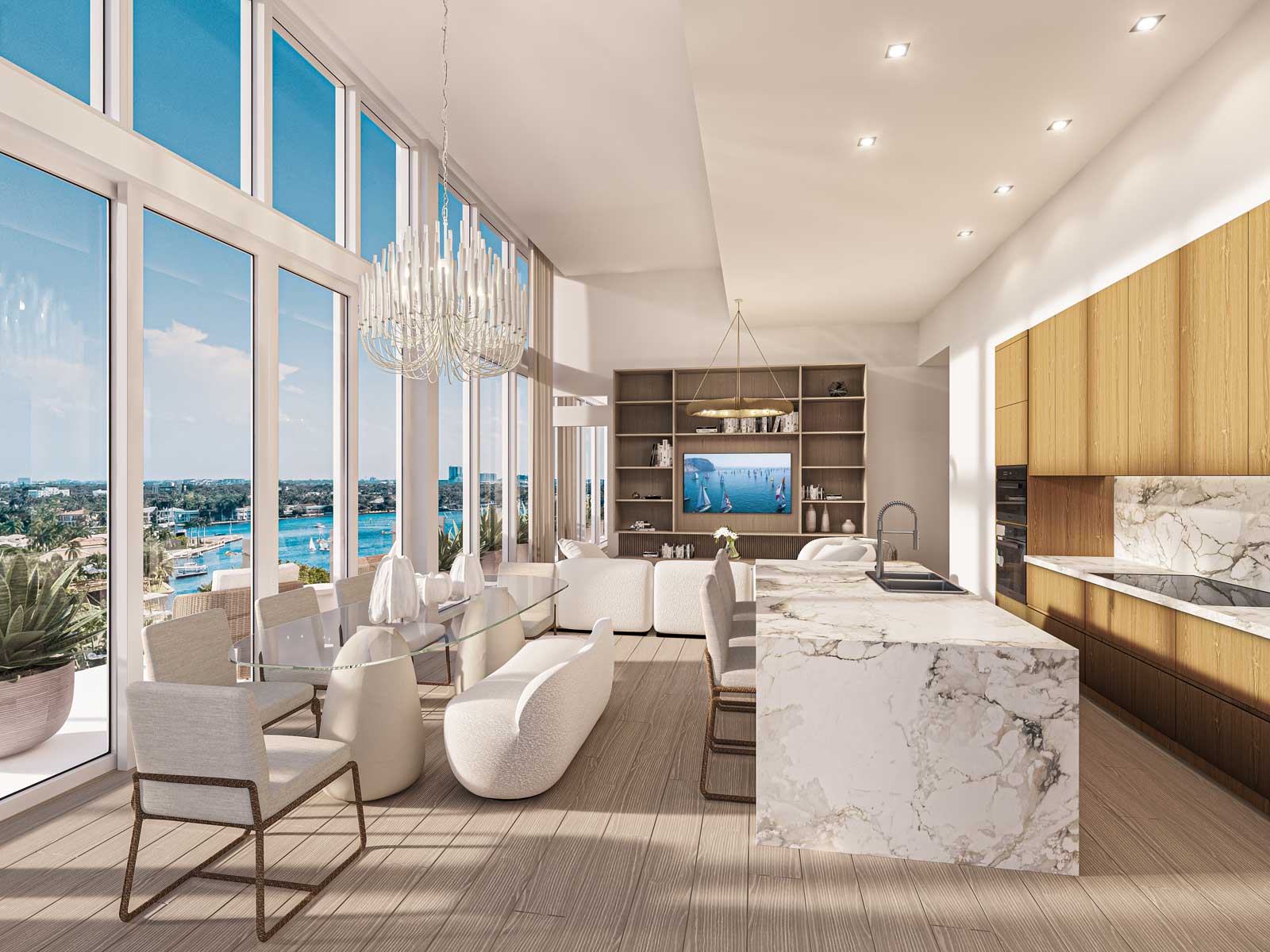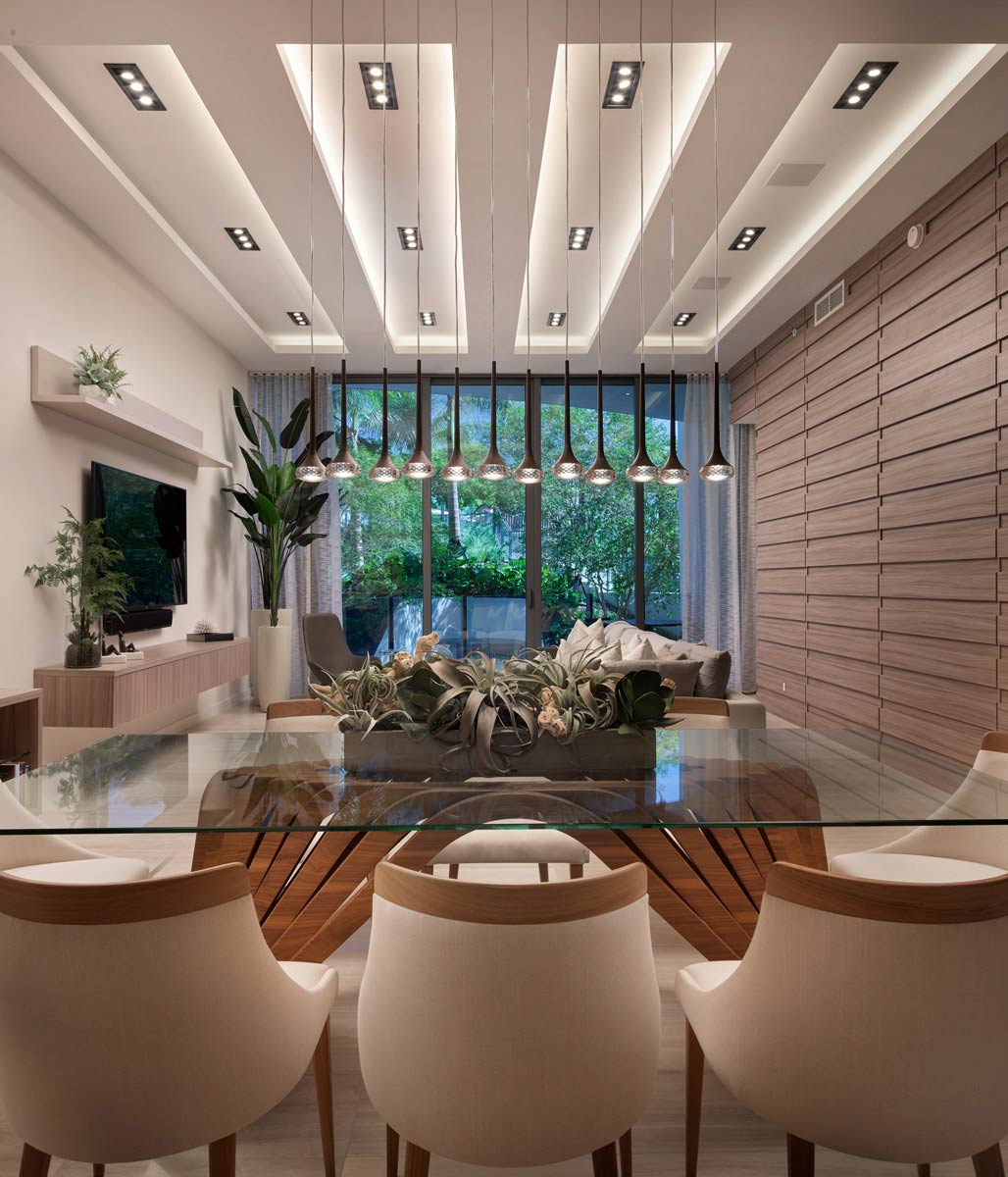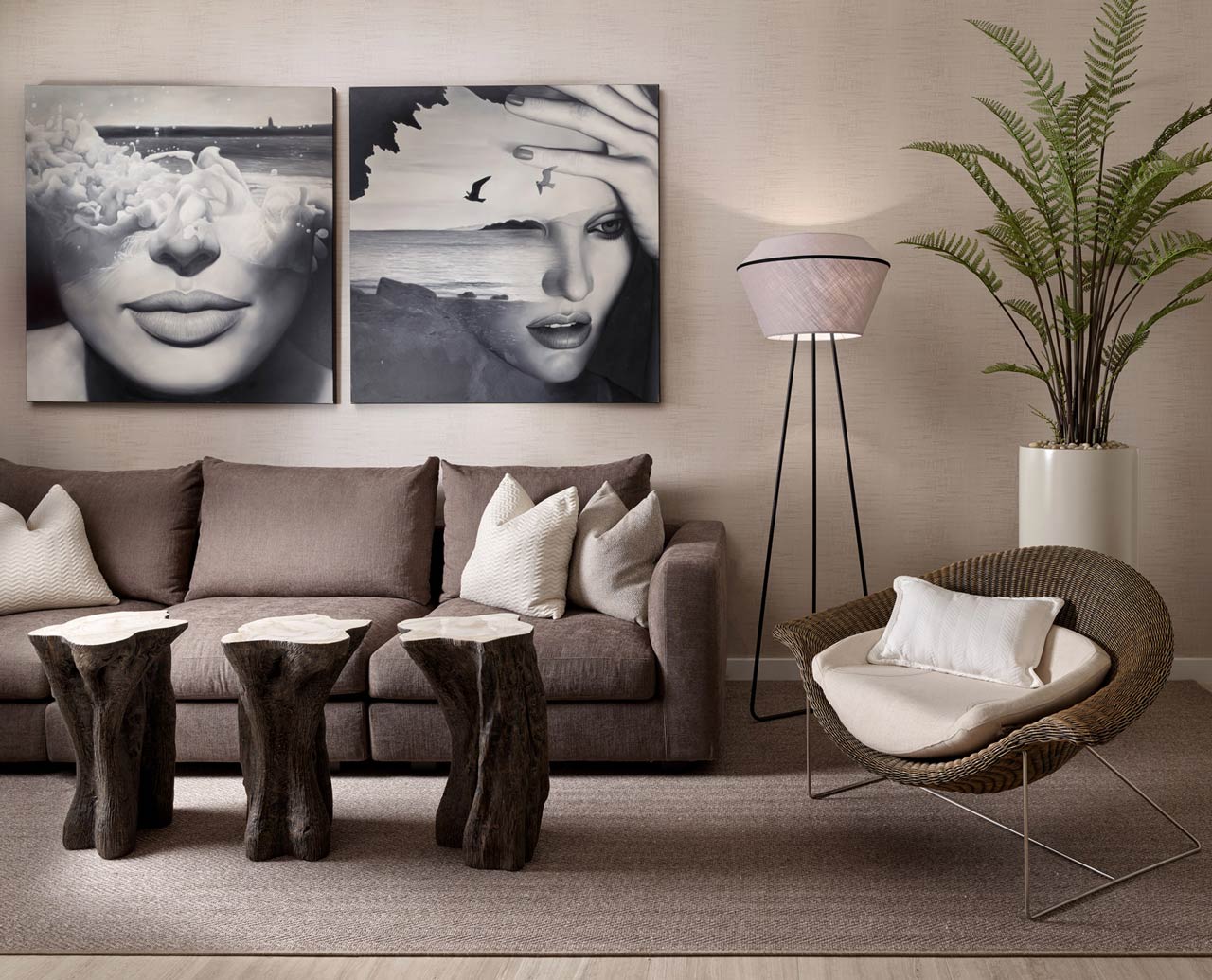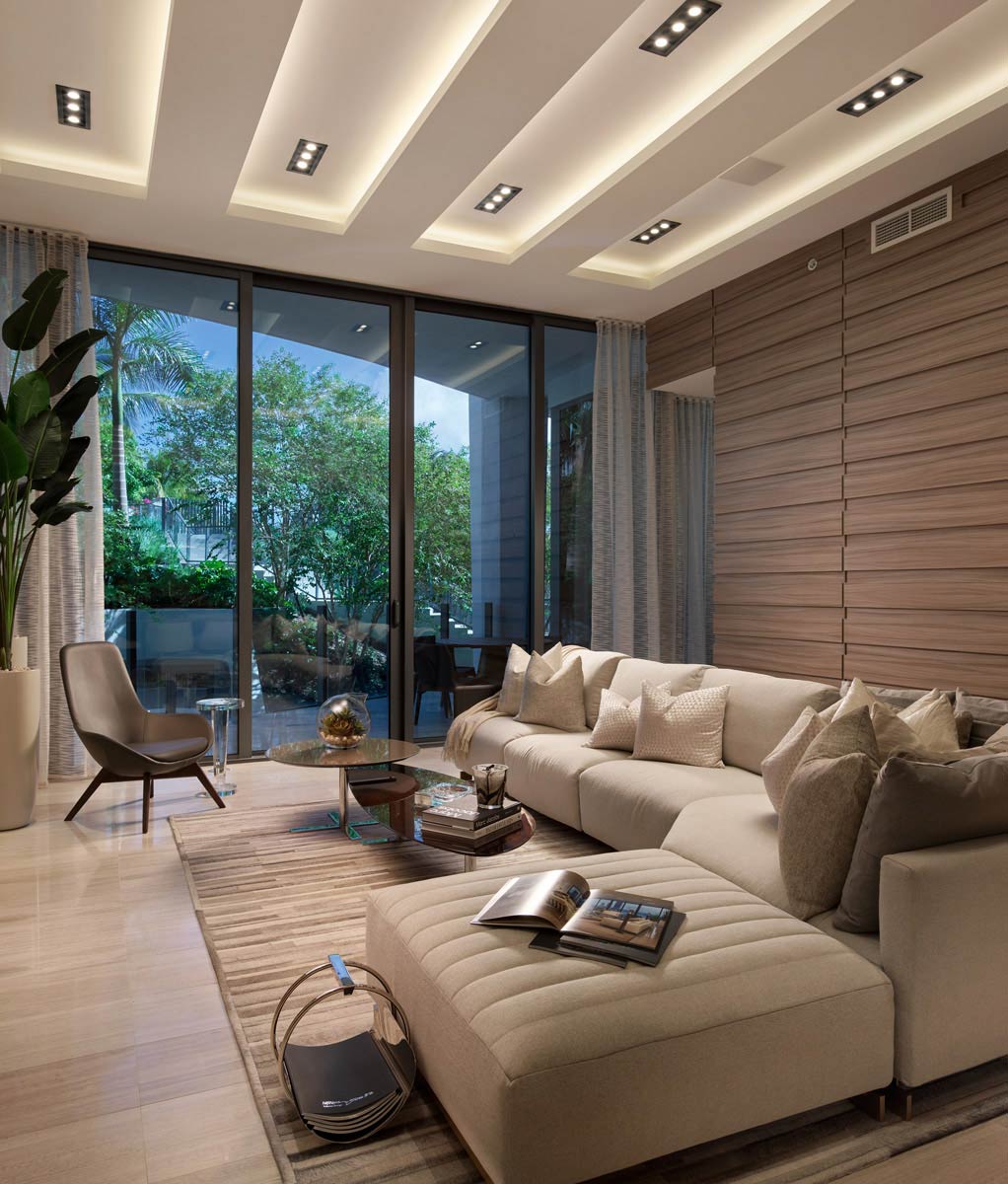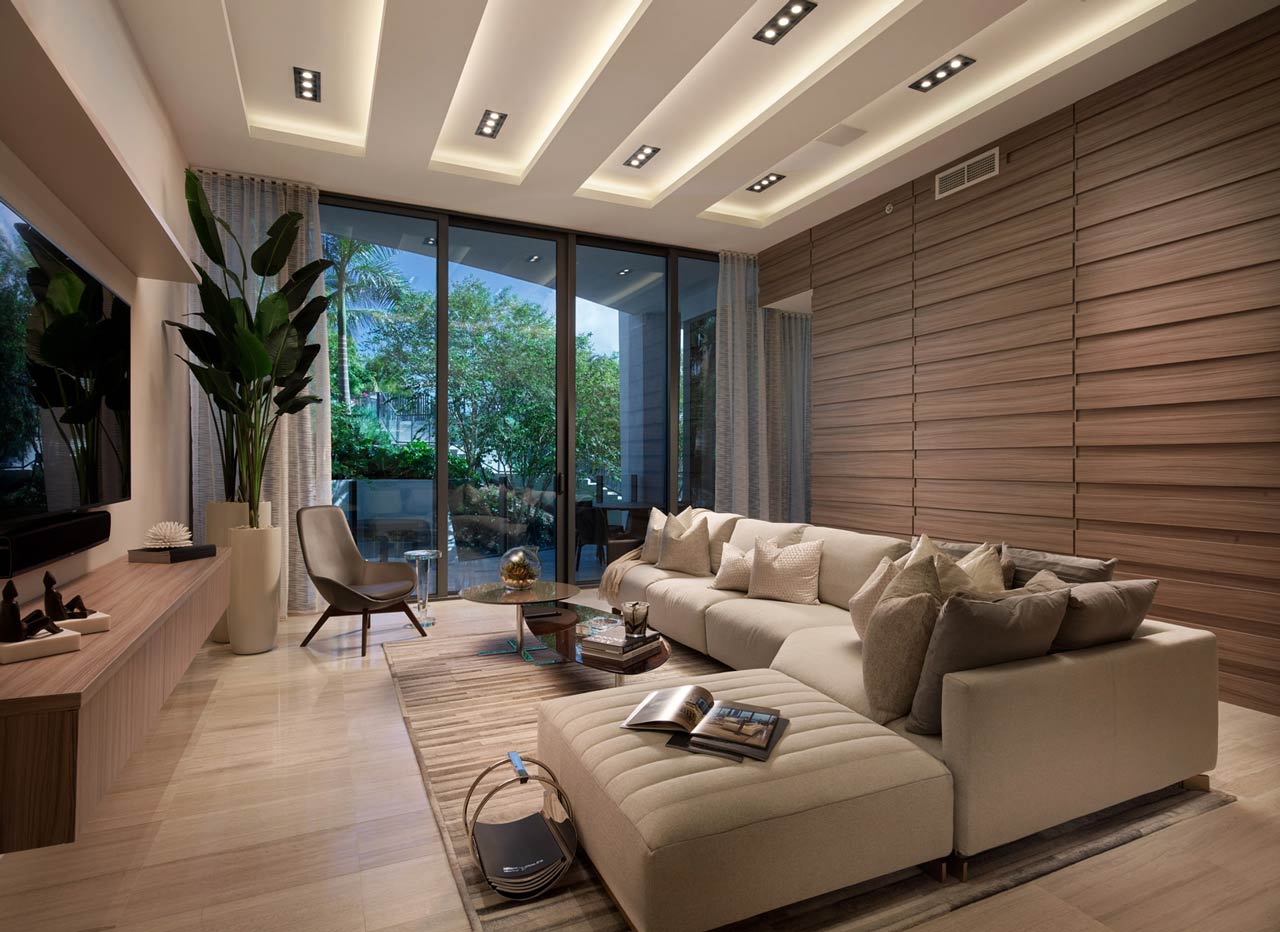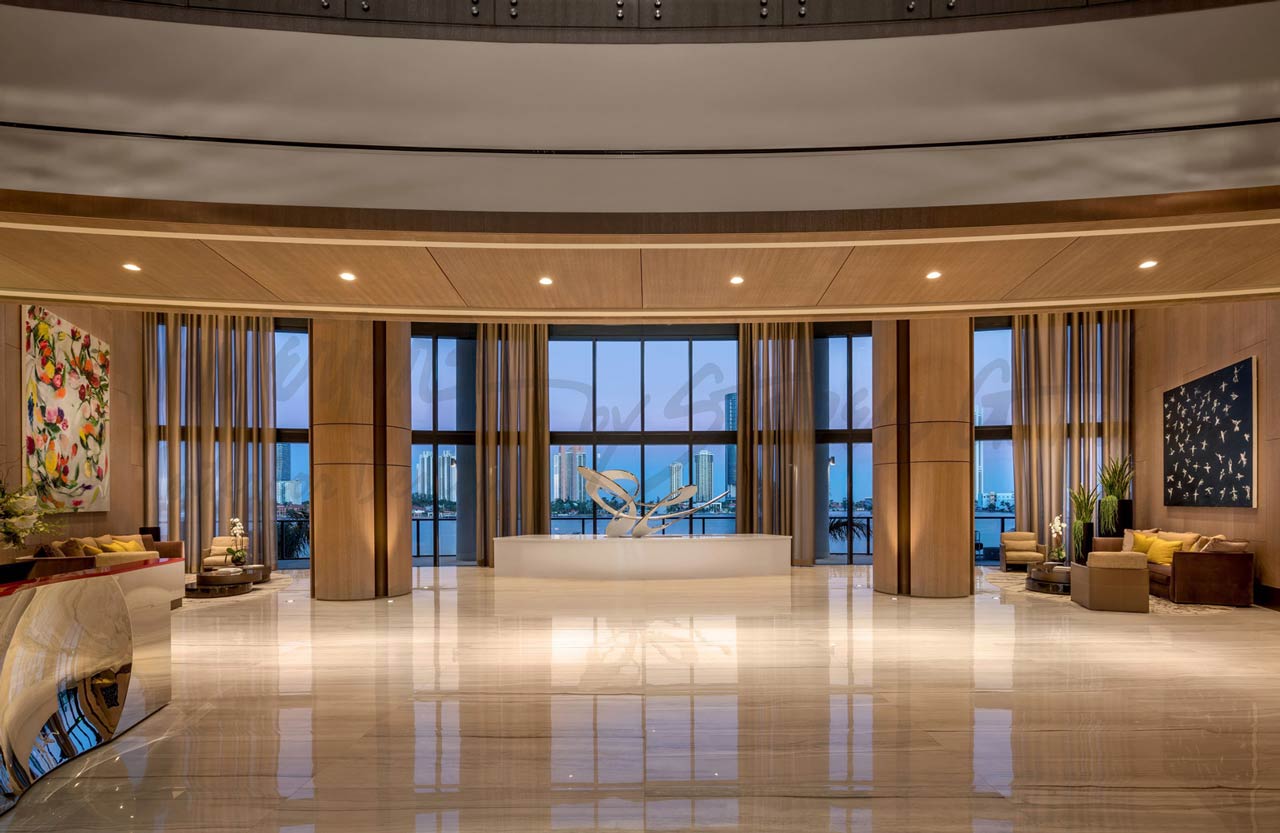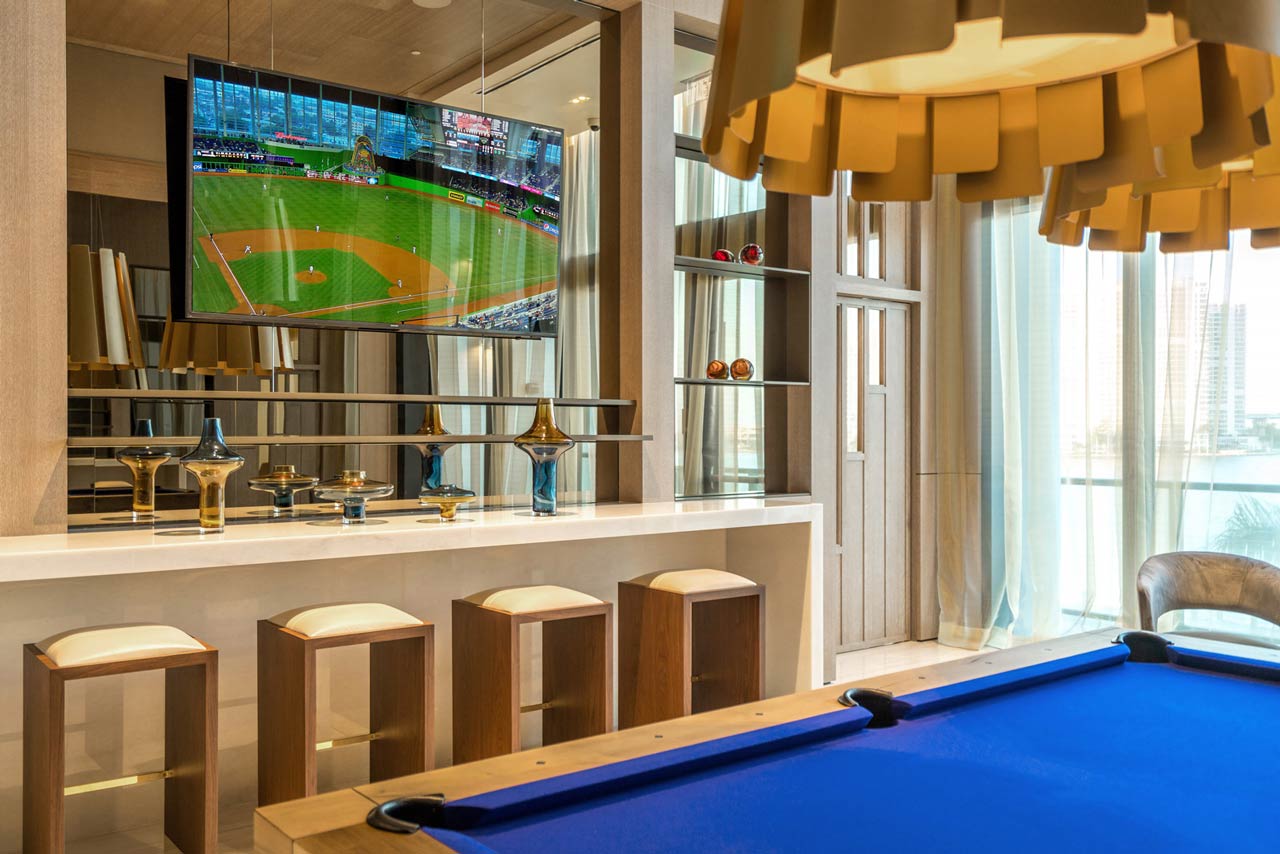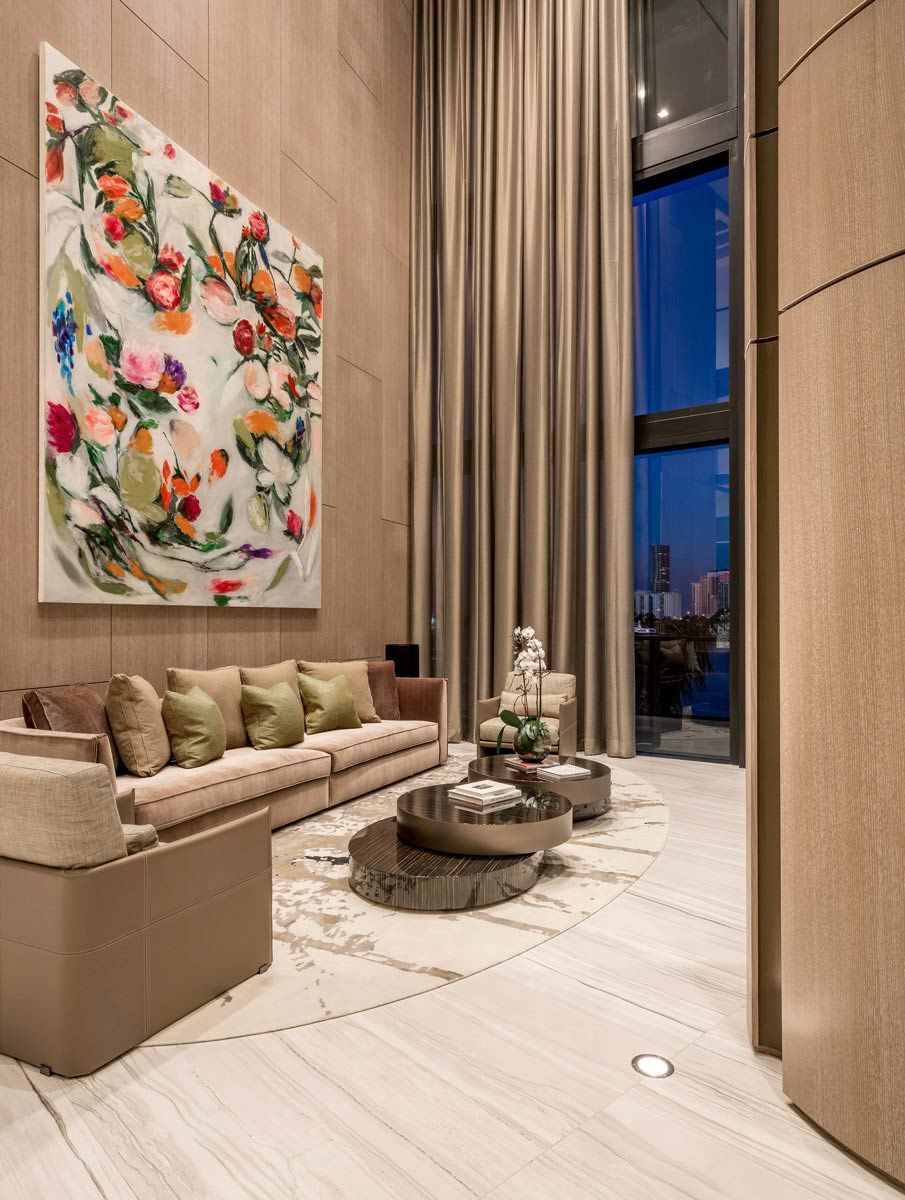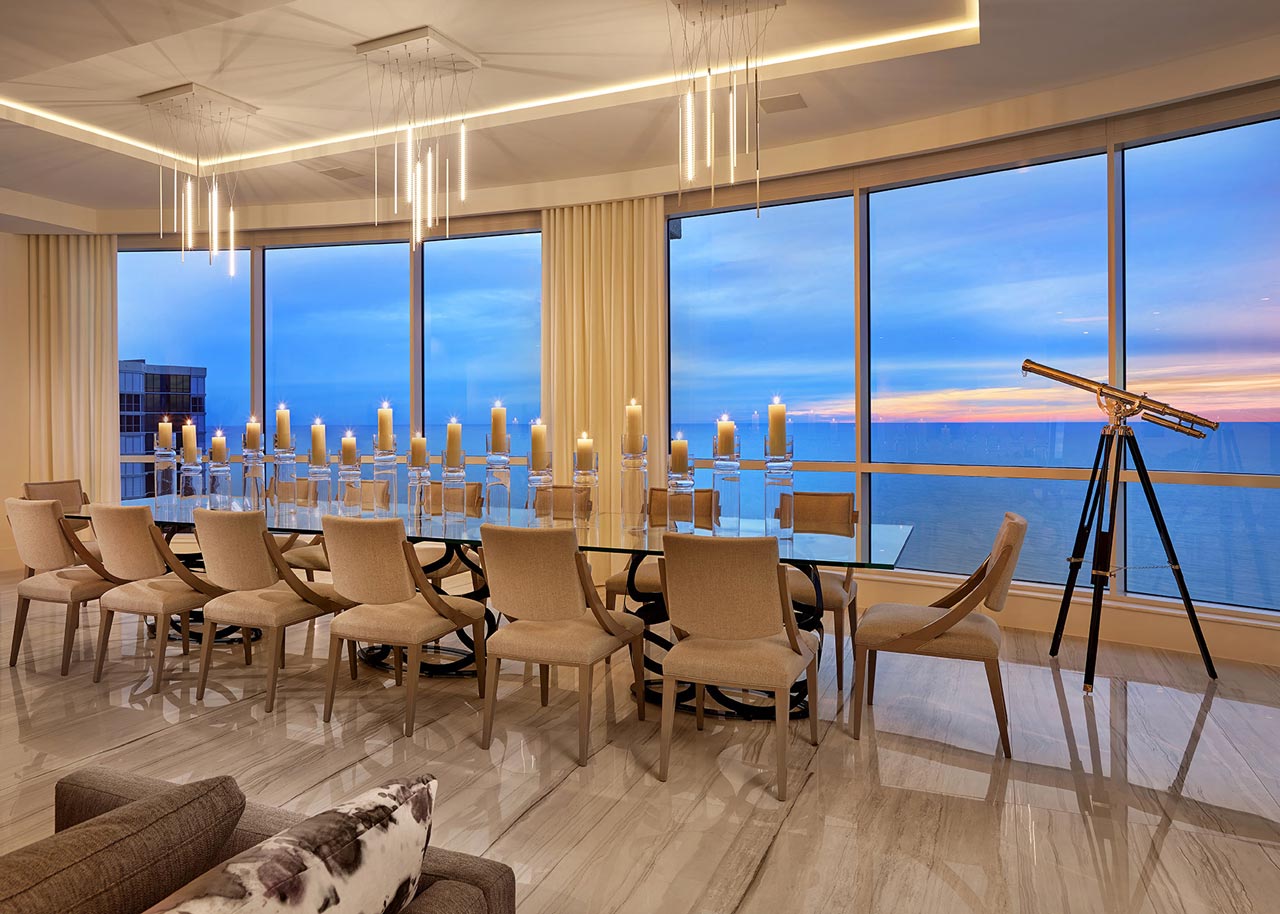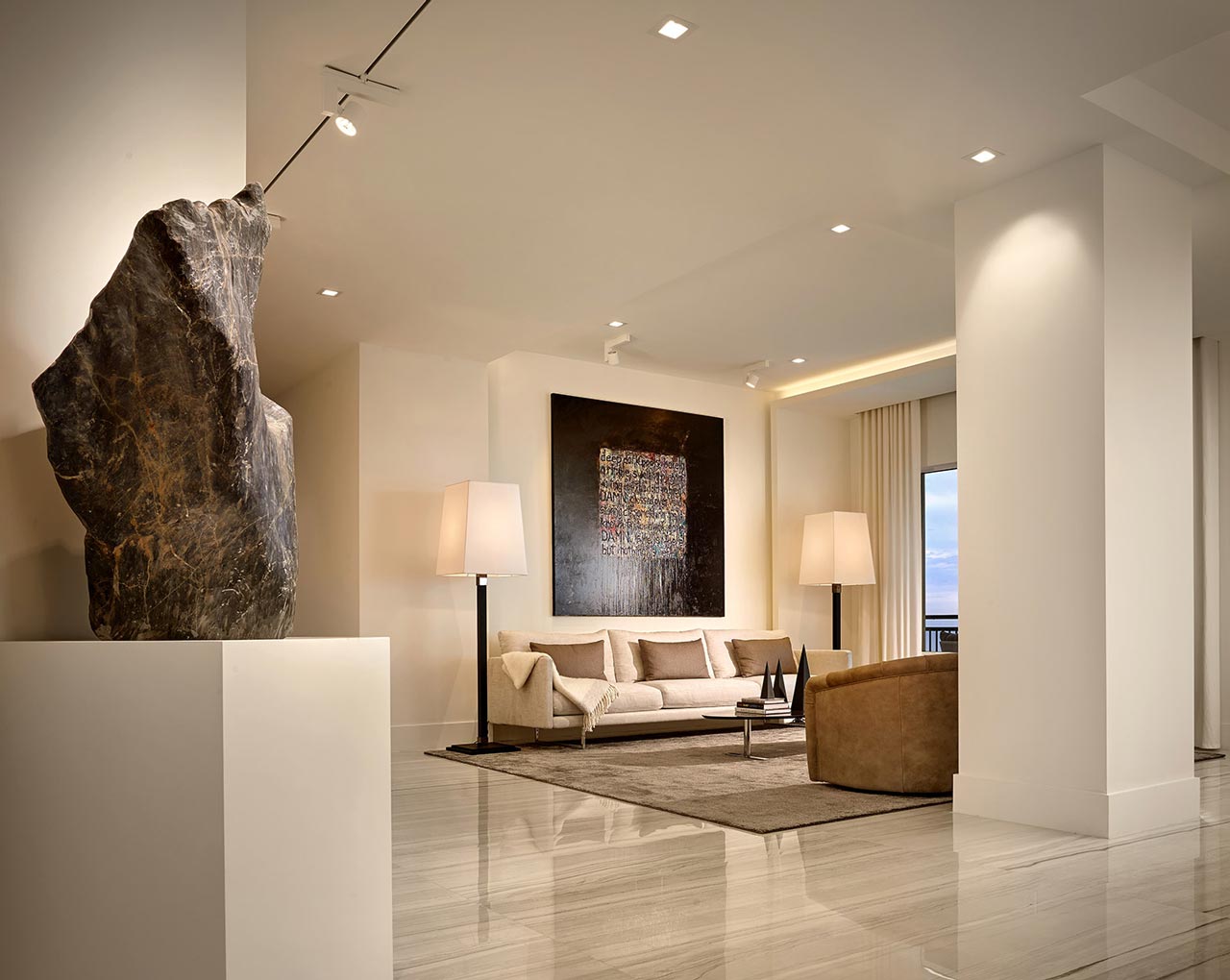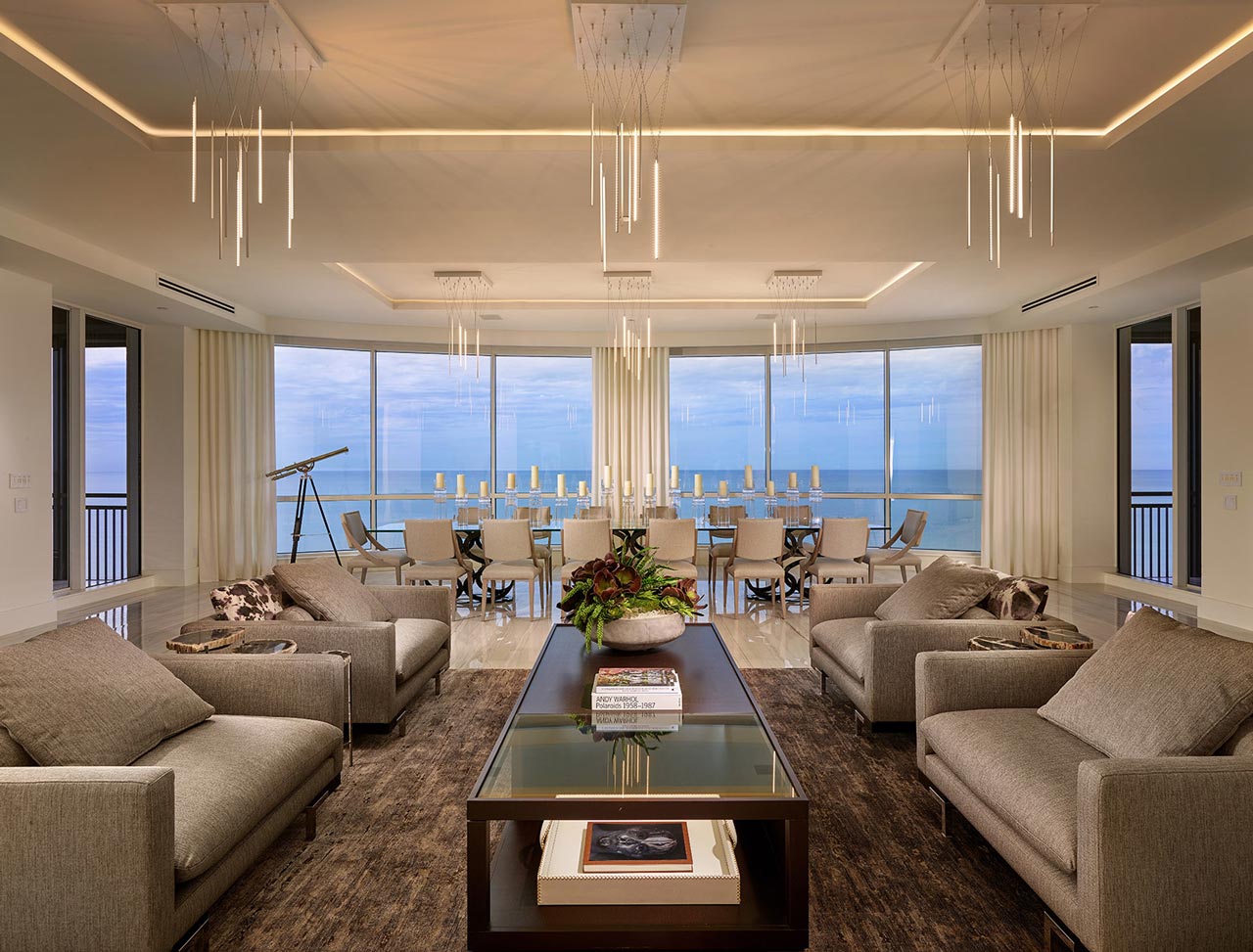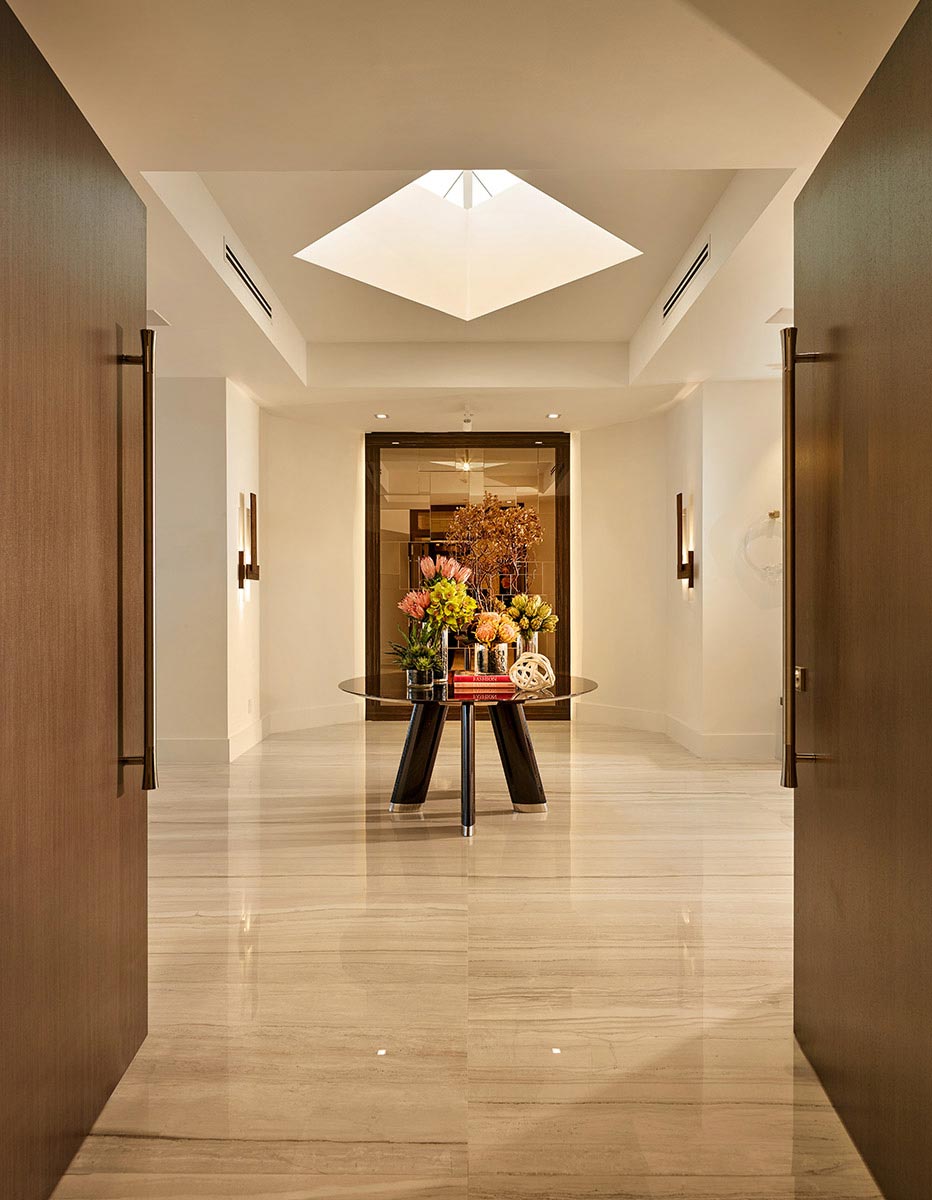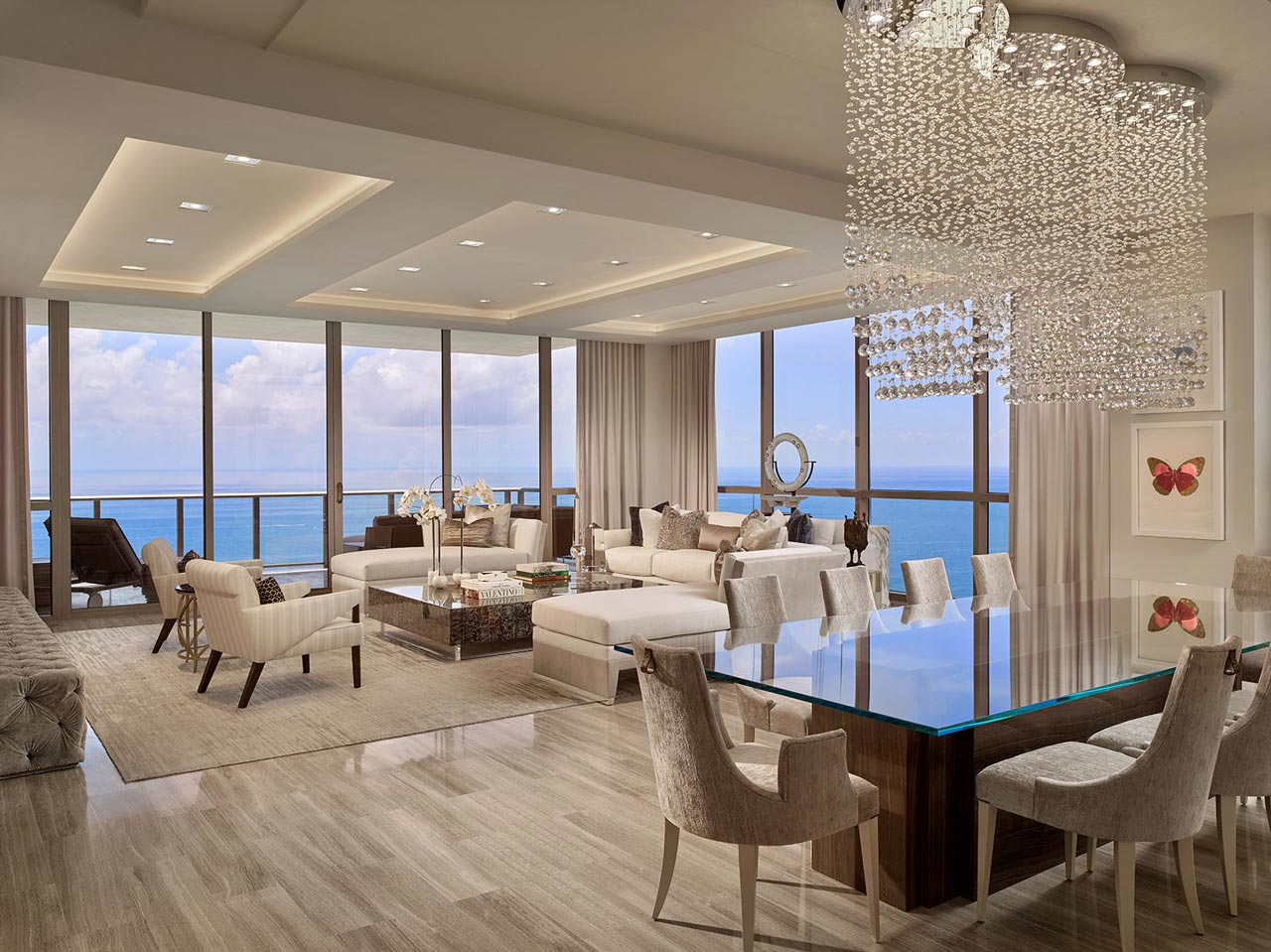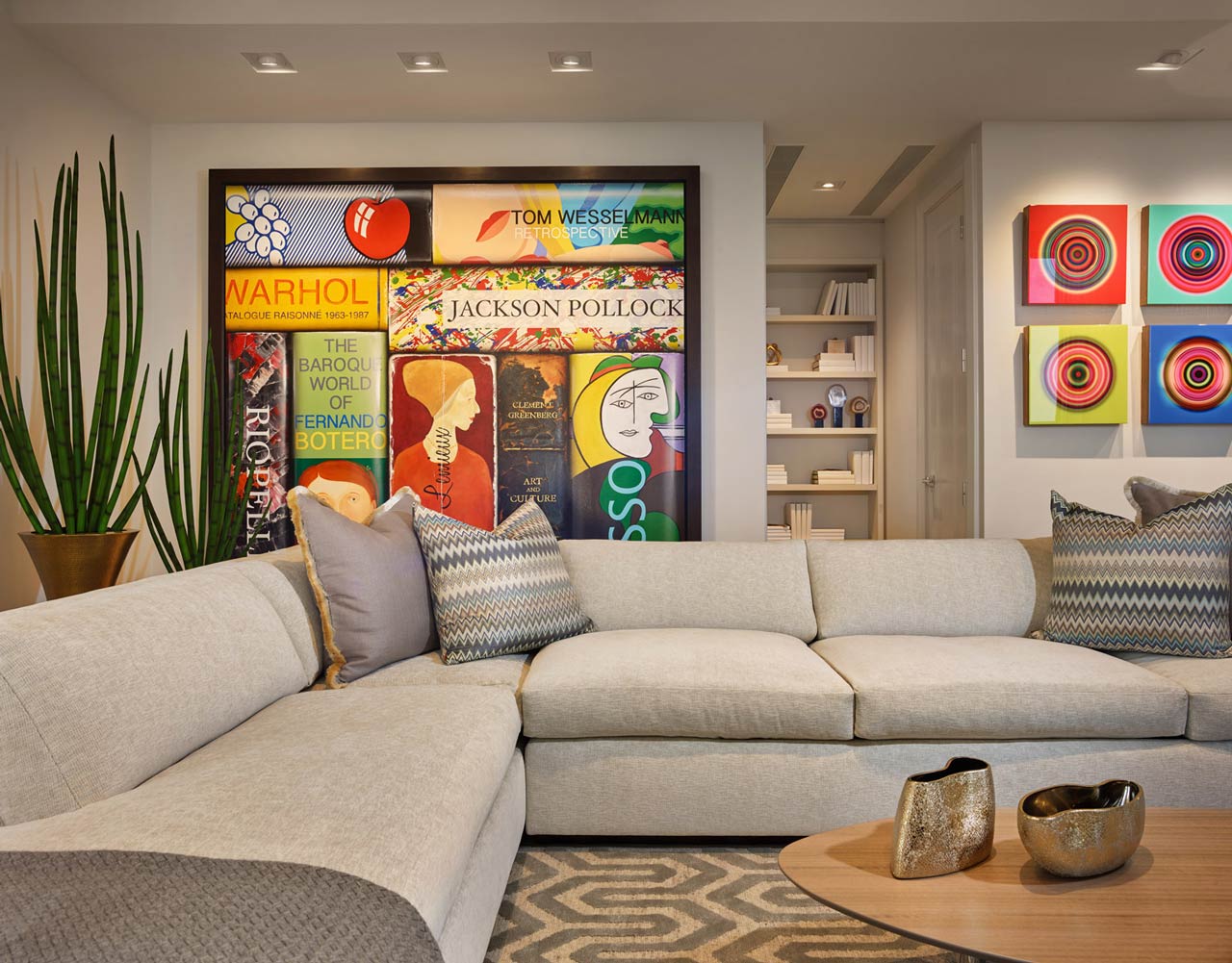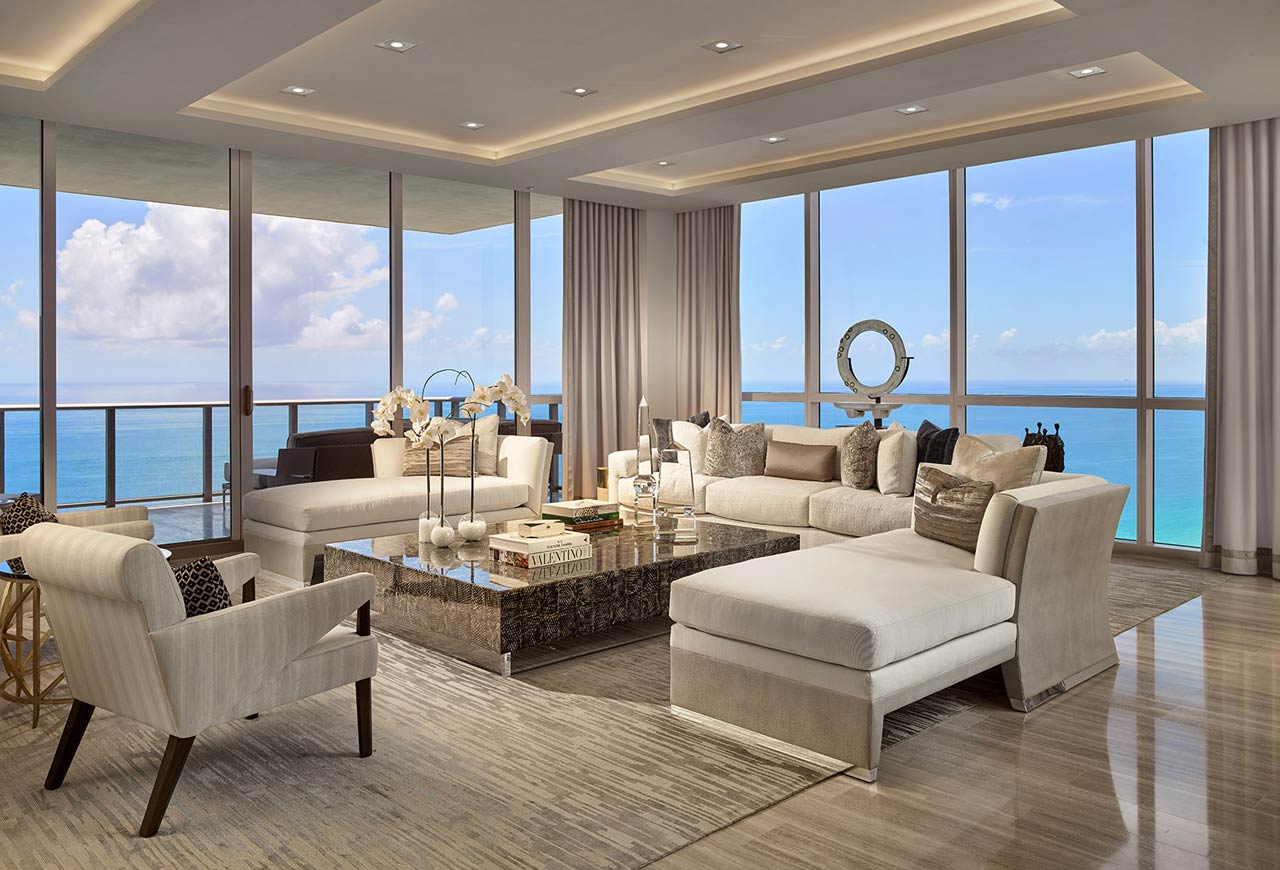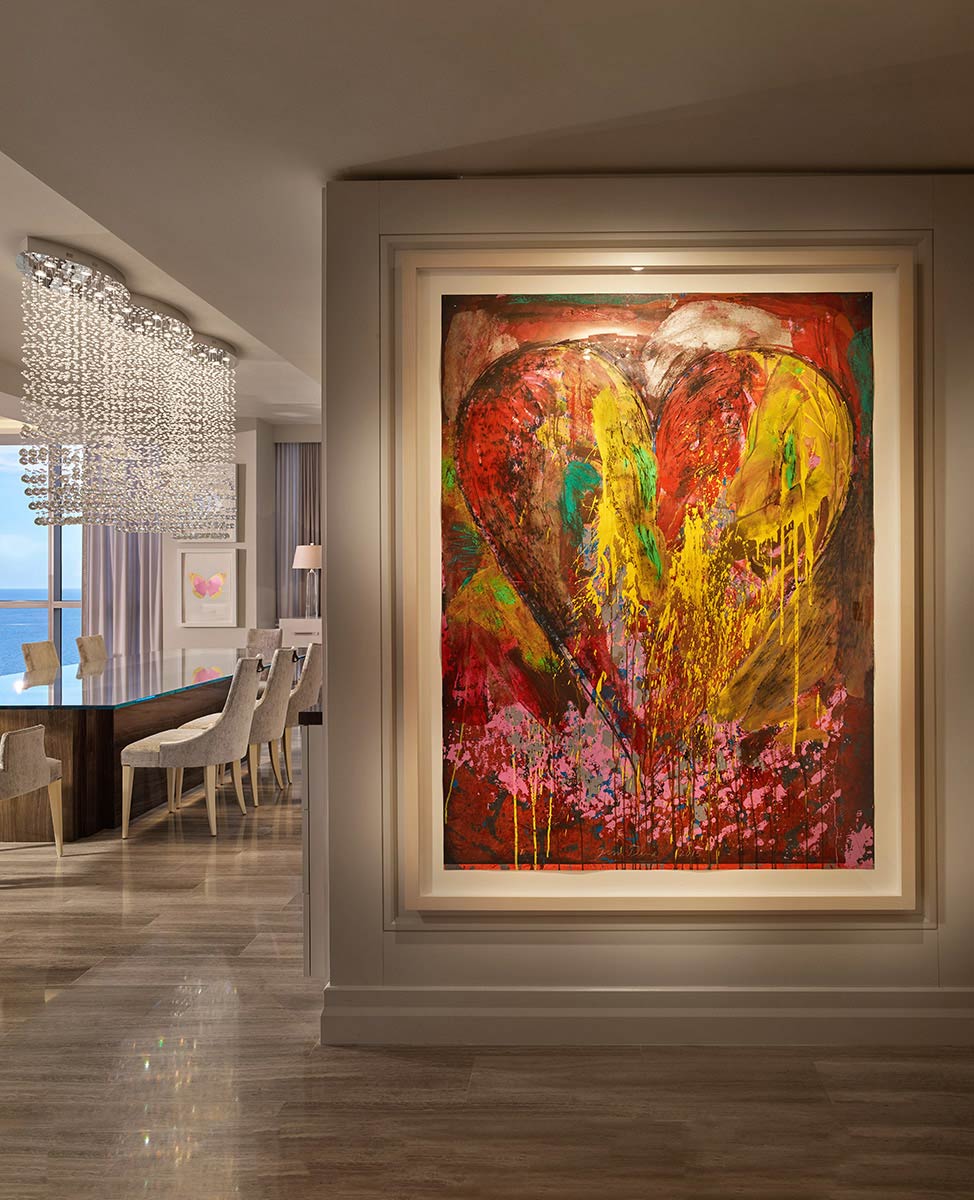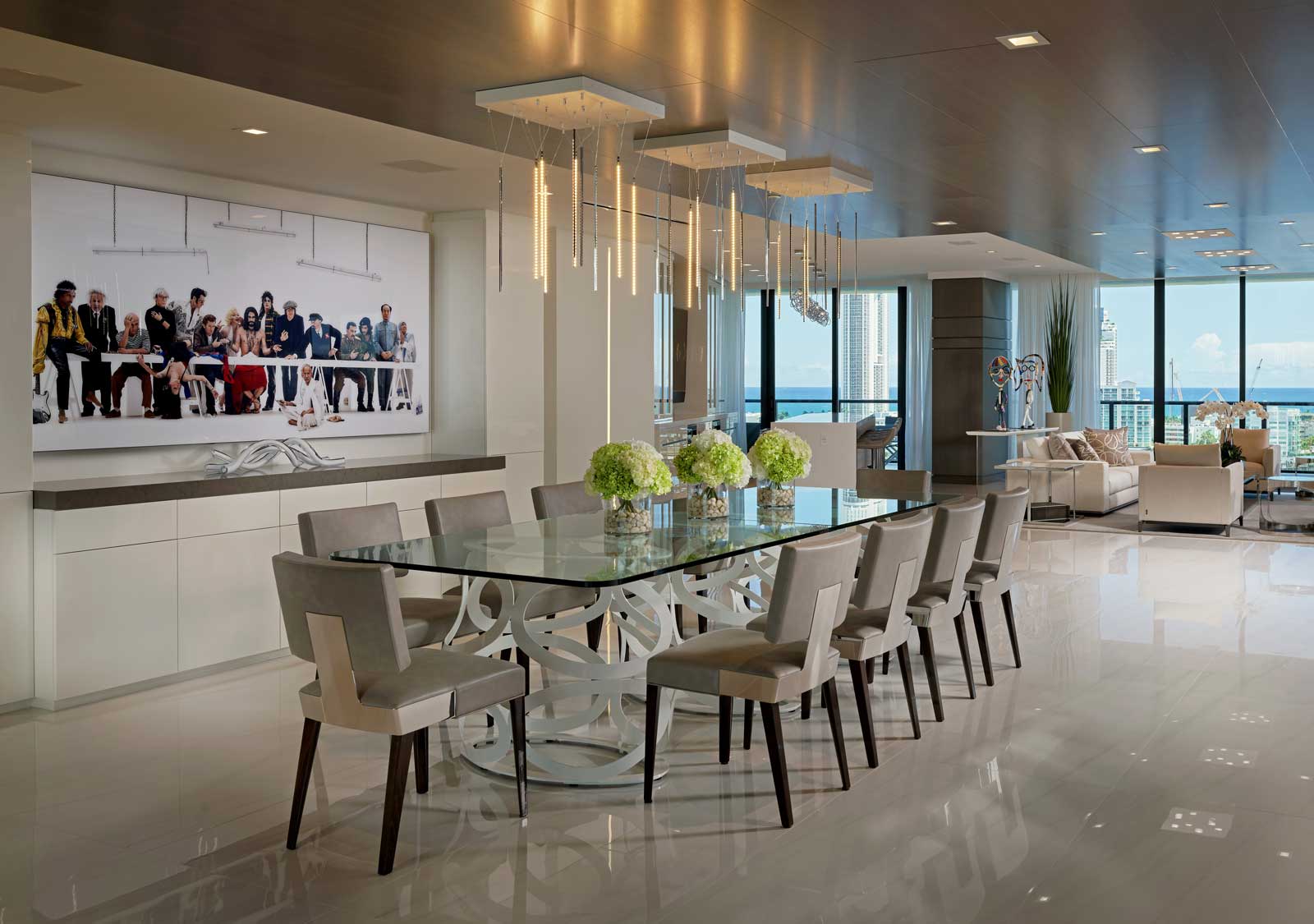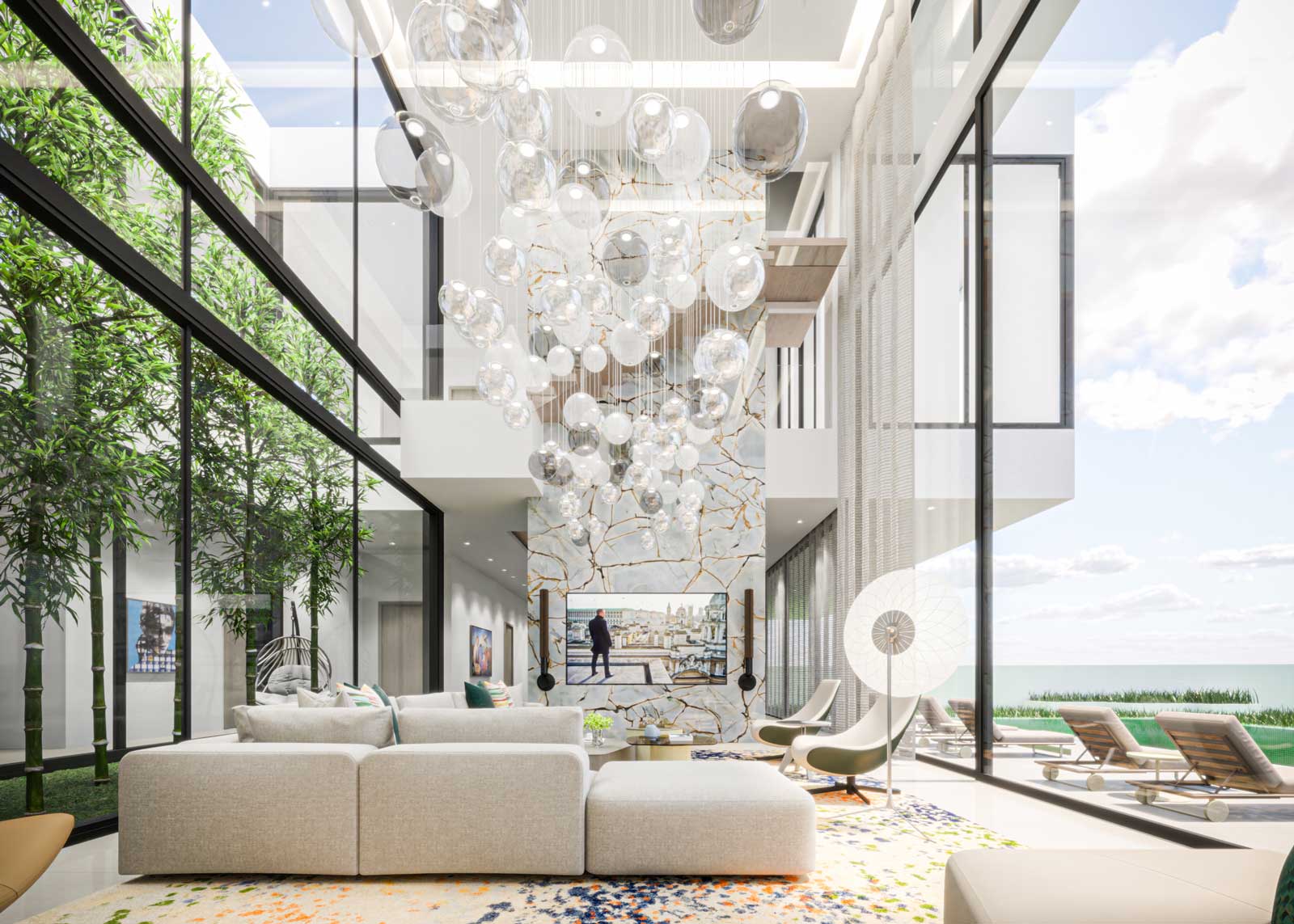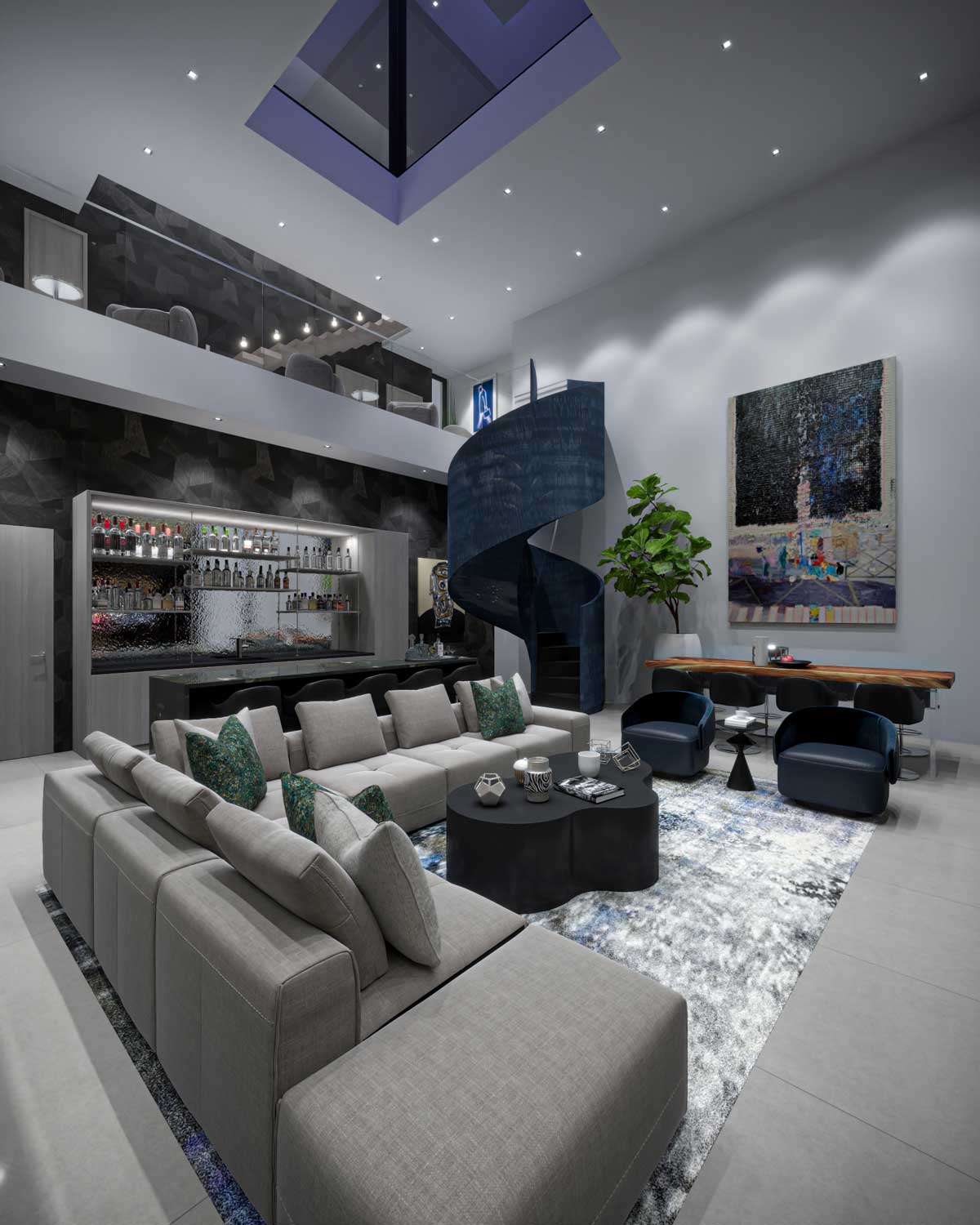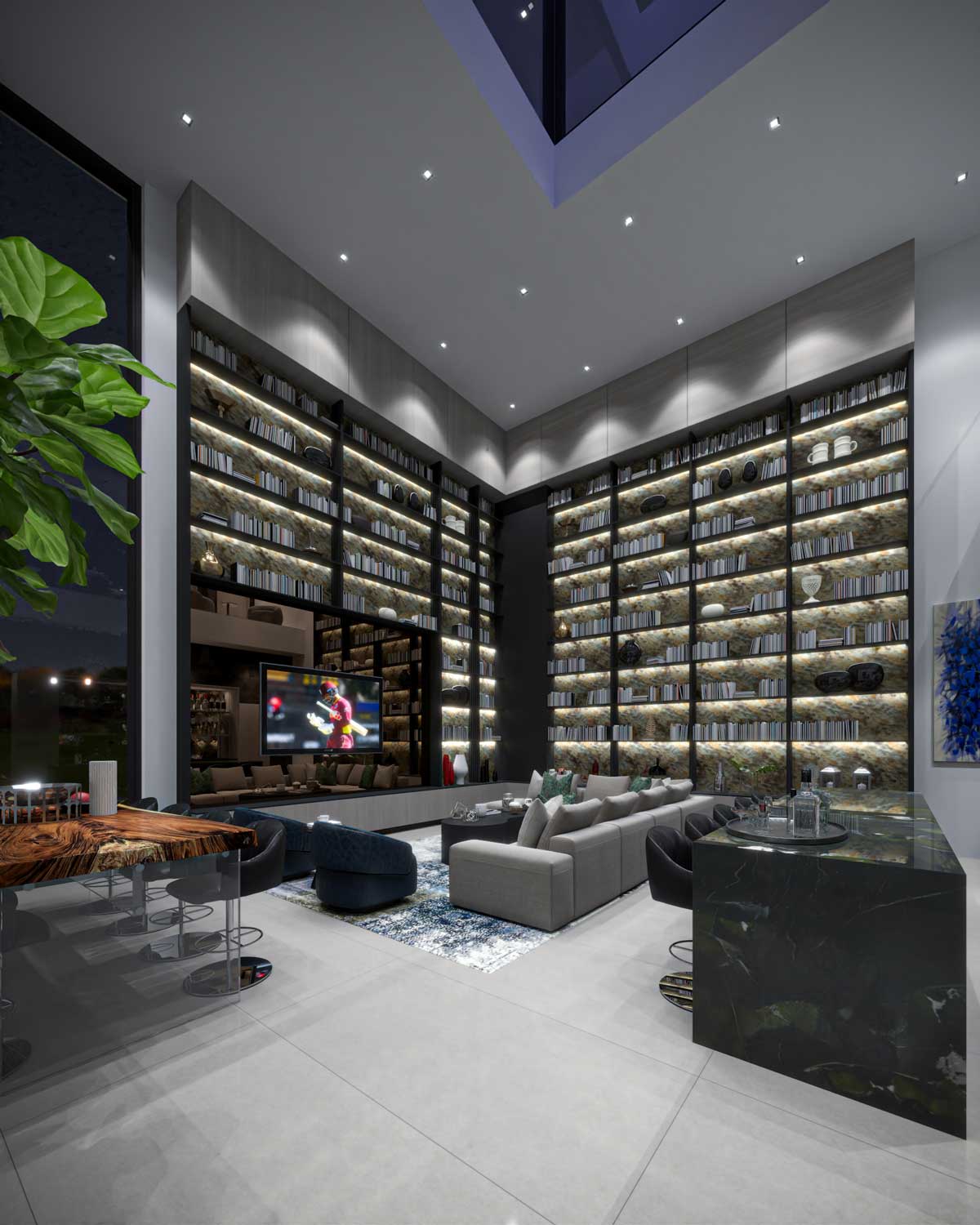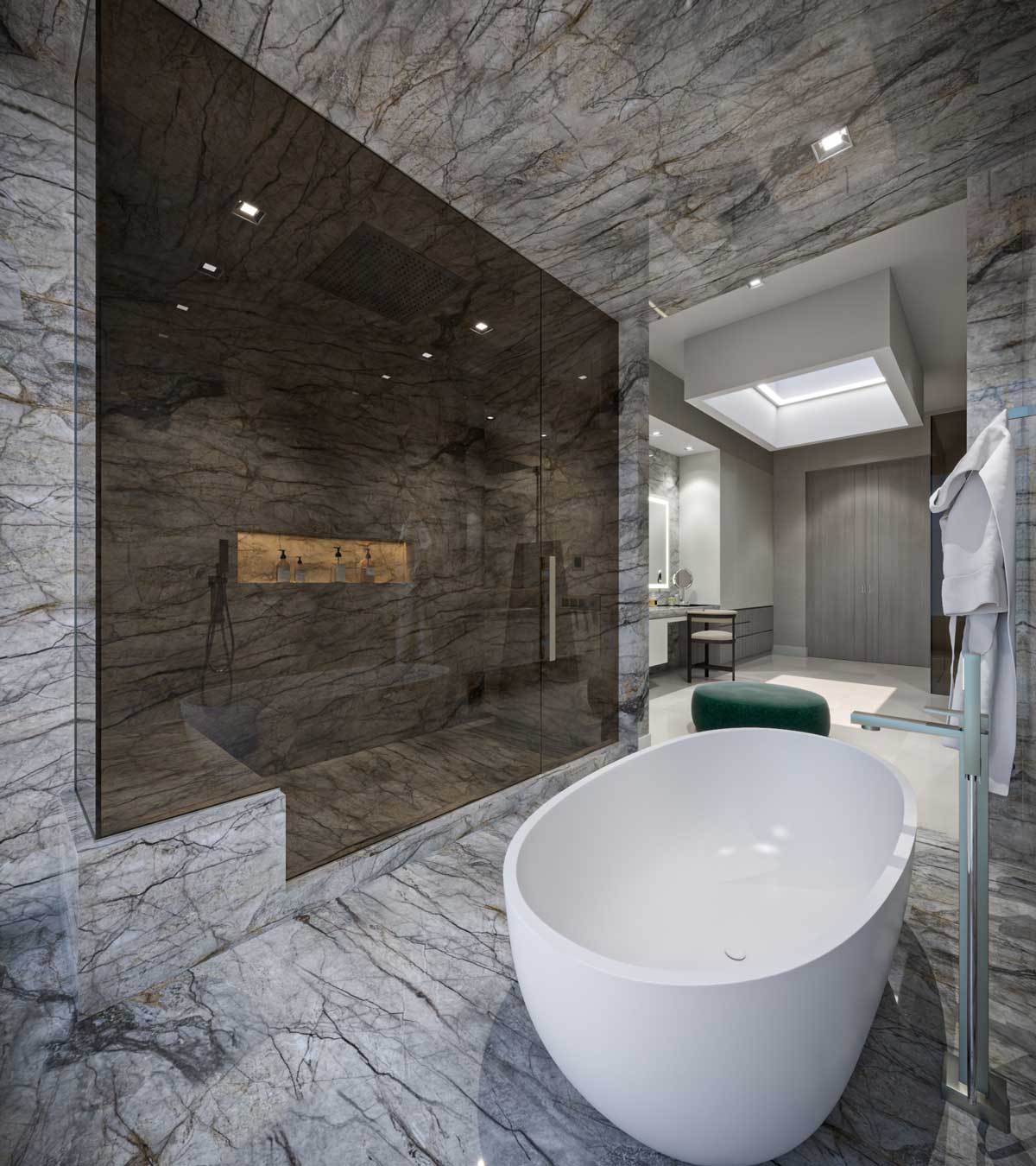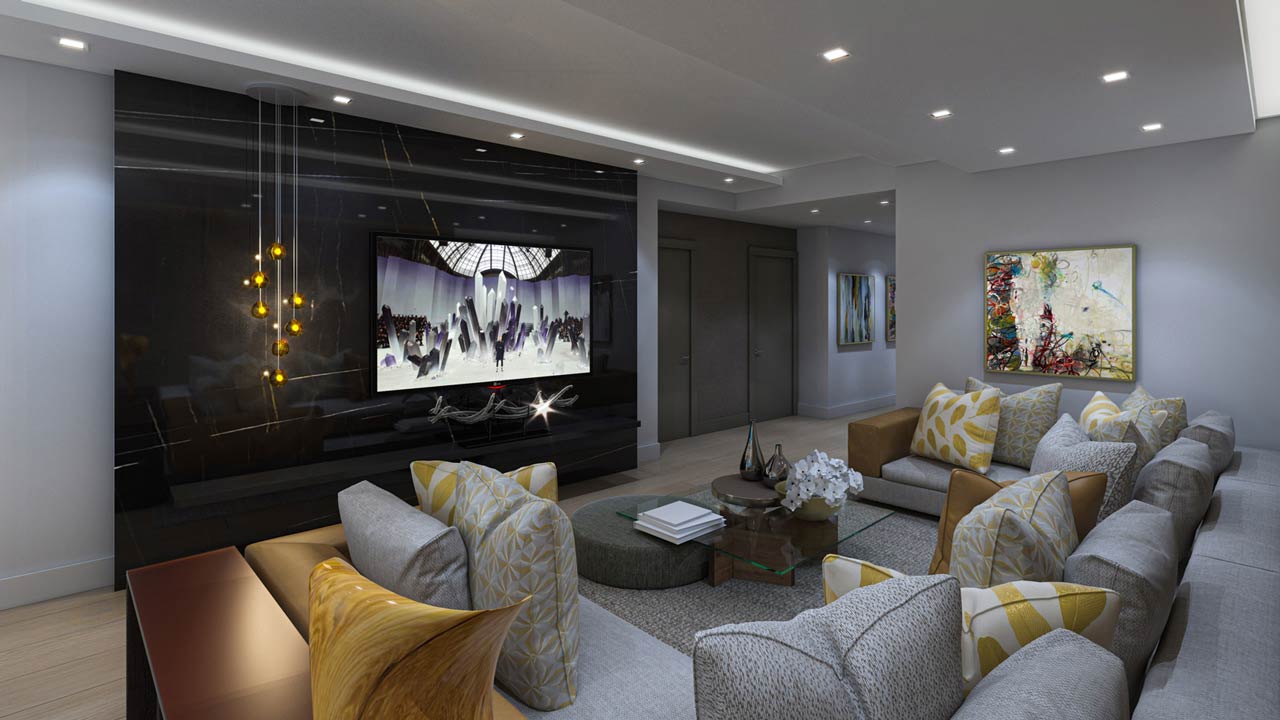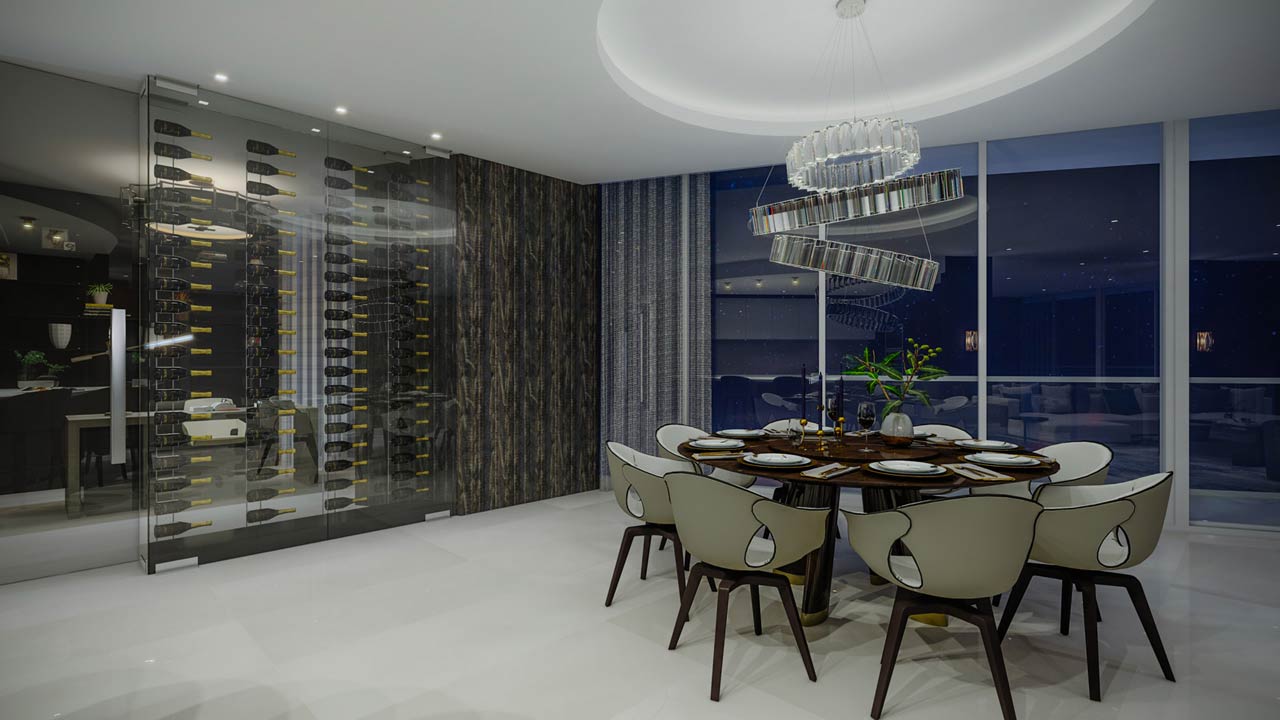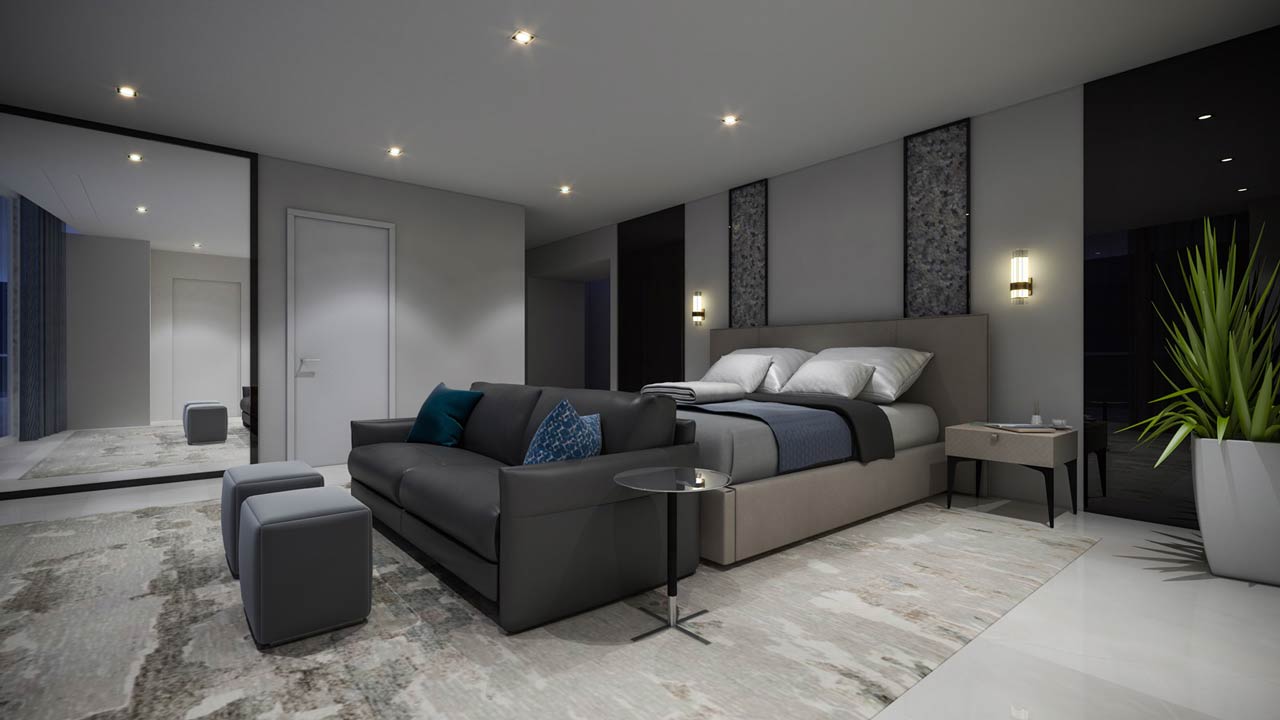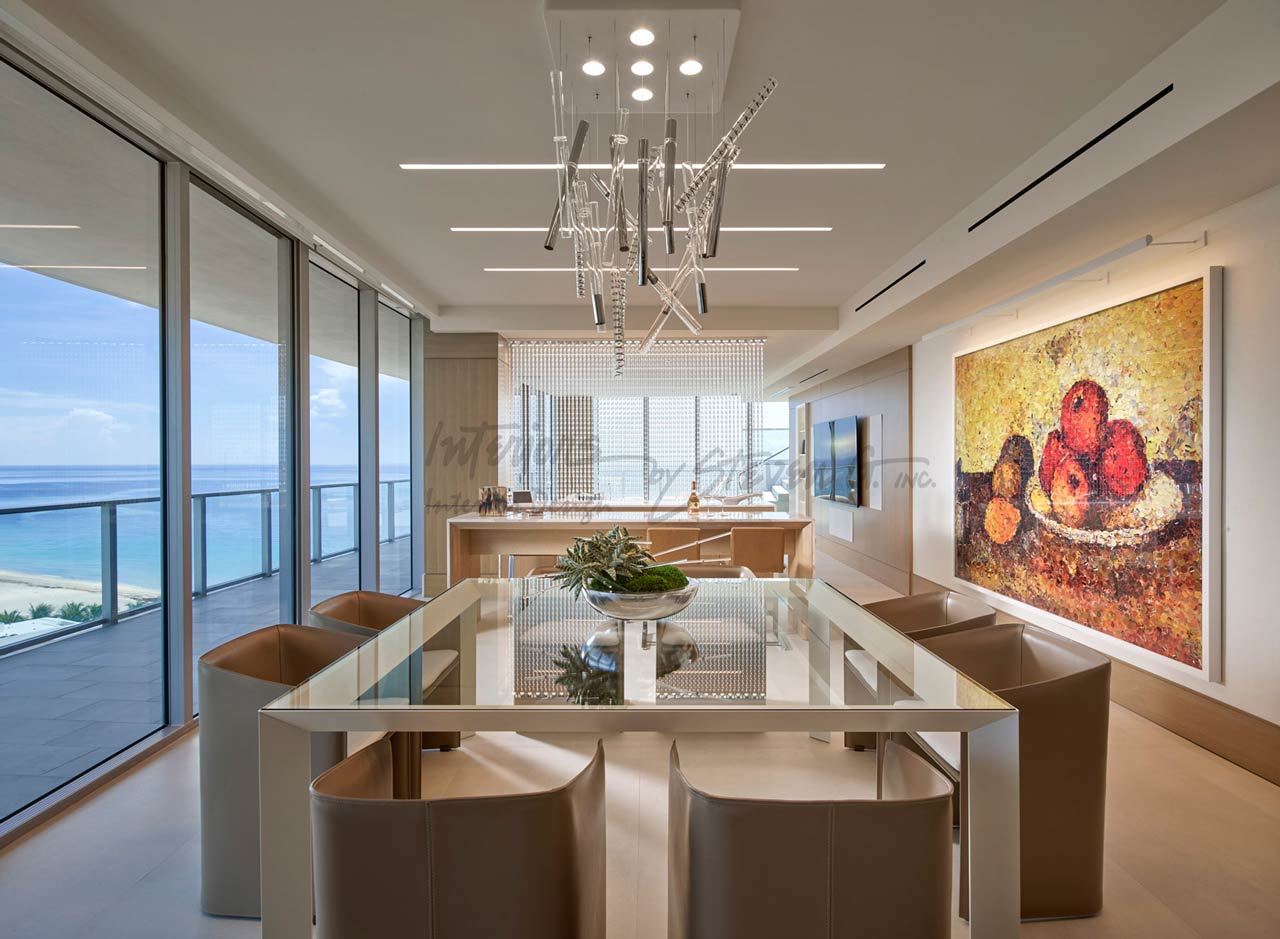The marriage of coastal charm and organic modern design represents one of today’s most compelling interior design movements. This sophisticated fusion creates spaces that feel both grounded in nature and effortlessly contemporary, offering a fresh perspective on how we can bring the tranquility of seaside living into modern homes regardless of their proximity to the ocean.
Understanding the Foundation: What Makes Each Style Unique
Coastal Charm Essentials
Coastal design has long been celebrated for its ability to evoke the serene, unhurried atmosphere of beachside living. This aesthetic draws inspiration from natural ocean elements, incorporating weathered textures, sun-bleached finishes, and a palette that mirrors the ever-changing moods of the sea. The style embraces imperfection as beauty, celebrating the worn edges of driftwood, the patina of sea glass, and the organic irregularities found in shells and coral.
The emotional appeal of coastal design lies in its connection to vacation memories and the universal human desire for escape and relaxation. It speaks to our innate need for spaces that feel restorative and peaceful, where the stresses of daily life can be washed away like footprints in the sand.
Organic Modern Philosophy
Organic modern design, meanwhile, represents a more contemporary interpretation of our relationship with nature. This style emphasizes clean lines and minimalist principles while maintaining a deep respect for natural materials and forms. It’s characterized by sculptural furniture pieces, raw textures, and a sophisticated neutral palette that allows the inherent beauty of materials to shine.
The organic modern movement prioritizes sustainability and craftsmanship, often featuring handmade pieces and locally sourced materials. This approach creates interiors that feel both timeless and current, avoiding trends in favor of enduring design principles that celebrate the intersection of human creativity and natural beauty.
Creating Harmony: The Fundamentals of Fusion
Color Palette: Where Ocean Meets Earth
The successful blend of coastal charm and organic modern design begins with a thoughtful color palette that honors both aesthetics. Start with a foundation of warm neutrals—think cream, sand, and soft taupe—that can serve as a bridge between the cooler coastal blues and the earthier tones of organic modern design.
Introduce coastal elements through carefully chosen accent colors that evoke the sea without overwhelming the space. Sage green, weathered blue, and soft gray can provide that oceanic connection while maintaining the sophisticated restraint that organic modern design demands. These colors work beautifully when applied through textiles, artwork, or statement pieces rather than dominating entire walls.
The key is to let natural light play a starring role in how these colors interact throughout the day. Coastal spaces have always celebrated the changing quality of light, and organic modern design shares this appreciation for how illumination can transform a space.
Material Selection: Bridging Natural Elements
The magic of this design fusion lies in the careful selection of materials that speak to both aesthetics. Reclaimed wood serves as an excellent bridge material, offering the weathered character that coastal design loves while providing the authentic, sustainable appeal that organic modern design celebrates. Choose pieces with interesting grain patterns and natural imperfections that tell a story.
Natural stone, particularly those with interesting textures or unique colorations, can anchor a space while satisfying both design languages. Travertine, with its naturally occurring holes and variations, provides coastal irregularity while maintaining the clean sophistication that organic modern design requires.
Rattan and woven materials offer another perfect intersection point. These materials provide the relaxed, vacation-like feel of coastal design while offering the handcrafted authenticity that organic modern spaces demand. Choose pieces with cleaner lines and more structured forms to maintain the modern aesthetic.
Room-by-Room Applications
Living Spaces: The Heart of the Home
The living room presents the greatest opportunity to showcase this design fusion. Begin with a substantial, low-profile sofa in a natural linen or organic cotton fabric in a warm neutral tone. This piece should feel both comfortable enough for casual coastal living and sophisticated enough for modern entertaining.
Layer in texture through throw pillows and blankets that incorporate both coastal and organic elements. Consider pillows in chunky knits alongside others in weathered canvas or linen. The goal is to create a tactile experience that invites touch while maintaining visual coherence.
Coffee tables and side tables offer excellent opportunities to blend materials. A live-edge wood coffee table with a stone base can provide the organic irregularity of coastal design while maintaining the clean, sculptural quality that organic modern spaces require.
Bedrooms: Serene Sanctuaries
The bedroom should feel like a retreat that combines the restful qualities of both design styles. Choose a bed frame in natural wood with clean lines, avoiding overly ornate coastal clichés while maintaining a connection to natural materials.
Bedding should emphasize natural fibers and textures. Layer different weights and weaves of linen, cotton, and wool to create depth without visual clutter. The color palette should remain soft and neutral, with perhaps a single accent color that nods to the coastal influence.
Window treatments play a crucial role in bedrooms, and natural fiber curtains or blinds can provide both privacy and light control while maintaining the organic aesthetic. Choose materials that filter light beautifully, creating the kind of soft, diffused illumination that both design styles celebrate.
Kitchens: Functional Beauty
The kitchen presents unique opportunities to blend these aesthetics through both materials and functionality. Natural stone countertops with interesting veining can provide the organic irregularity that coastal design loves while offering the durability and sophistication that modern living demands.
Cabinetry should emphasize natural wood grains and simple hardware that doesn’t compete with the material’s inherent beauty. Open shelving can showcase beautiful ceramics and glassware that embody both the handcrafted quality of organic modern design and the relaxed accessibility of coastal living.
Backsplashes offer another opportunity for creative fusion. Consider natural stone tiles with irregular edges or hand-formed ceramic tiles that provide texture and visual interest while maintaining the clean lines that modern design requires.
Styling and Accessories: The Finishing Touches
Artwork and Decor
The accessories in a coastal-organic modern space should feel curated rather than collected. Choose artwork that celebrates natural forms and textures—perhaps abstract pieces that evoke ocean movements or sculptural works that celebrate the beauty of weathered materials.
Avoid literal coastal references in favor of pieces that capture the emotional essence of both design styles. A piece of driftwood displayed as a sculpture can provide a coastal connection while satisfying the organic modern appreciation for natural forms.
Plants and Natural Elements
Both design styles celebrate the inclusion of living elements, making plants an essential component of the blended aesthetic. Choose plants with interesting architectural forms—perhaps a large fiddle leaf fig or a collection of succulents in beautiful ceramics.
Natural elements like shells, stones, and branches should be displayed with restraint and intention. A single, beautiful piece of coral or a collection of smooth stones can provide a coastal connection without overwhelming the modern aesthetic.
Lighting: Illuminating the Fusion
Lighting plays a crucial role in successfully blending these two design styles. Natural light should be maximized whenever possible, with window treatments that filter rather than block illumination. Artificial lighting should feel warm and inviting while maintaining the clean sophistication that organic modern design requires.
Consider pendant lights in natural materials like rattan or wood, which provide both coastal texture and modern form. Table lamps with ceramic bases in neutral tones can provide accent lighting while reinforcing the material palette that defines the blended aesthetic.
Conclusion: Creating Your Personal Sanctuary
The art of blending coastal charm with organic modern design lies in understanding that both styles share a fundamental appreciation for natural beauty and authentic materials. Success comes from choosing elements that honor both aesthetics while creating spaces that feel personal and lived-in.
This design fusion offers a path toward creating homes that feel both sophisticated and relaxed, contemporary and timeless. By focusing on quality materials, thoughtful color palettes, and careful curation of accessories, you can create spaces that capture the best of both worlds—the serene escape of coastal living and the grounded sophistication of organic modern design.
The result is a home that feels like a permanent vacation, where the restorative power of natural beauty and thoughtful design can balance the stresses of modern life. This approach to interior design acknowledges that our homes should be both beautiful and functional, sophisticated and comfortable, modern and timeless.
Whether you’re planning a complete room makeover or simply looking to refresh your current space, the coastal-organic modern aesthetic offers endless possibilities for creating a home that truly reflects your desire for both sophistication and serenity. Your perfect blend of seaside tranquility and modern elegance is waiting to be discovered. Contact our team for more information.





